
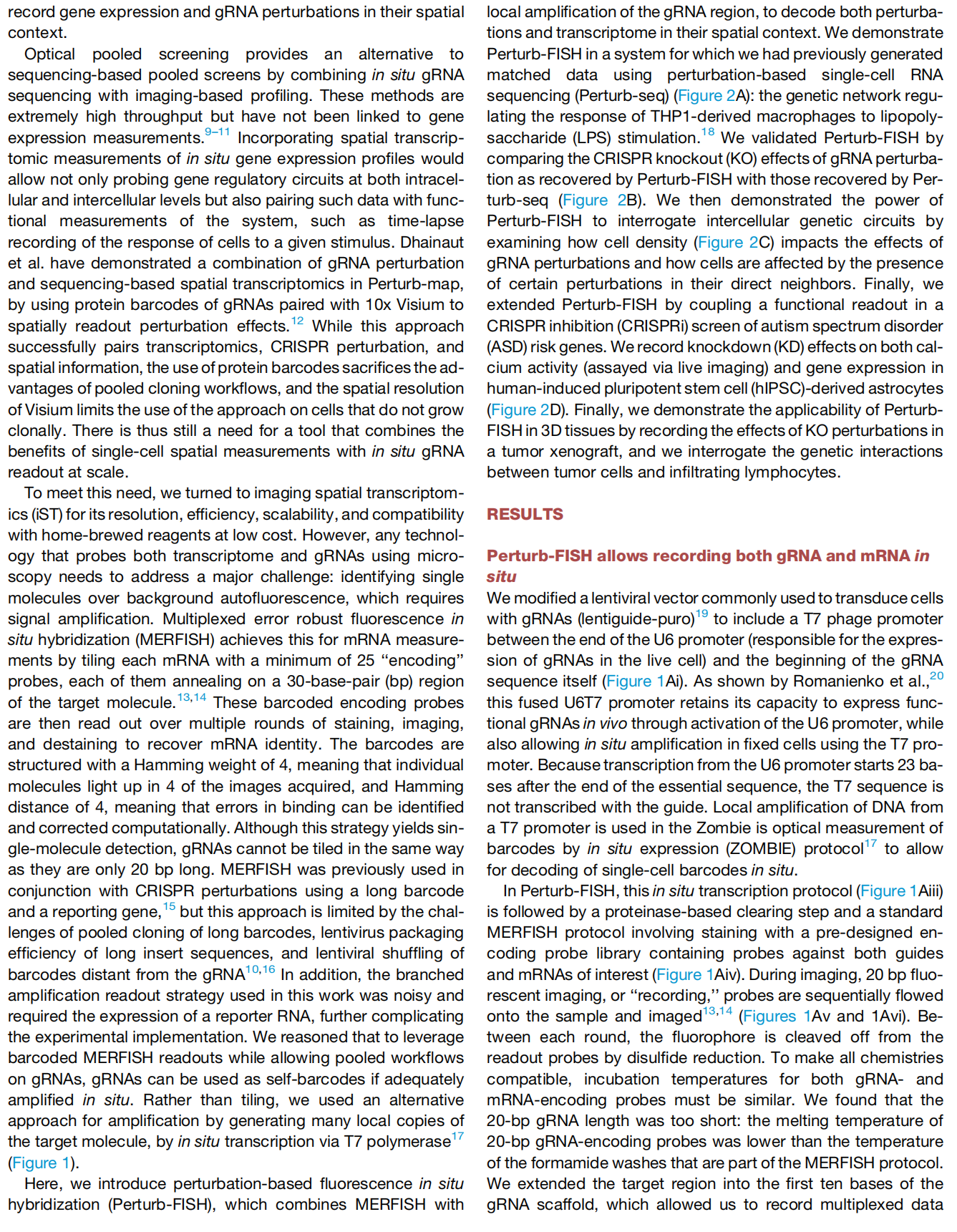
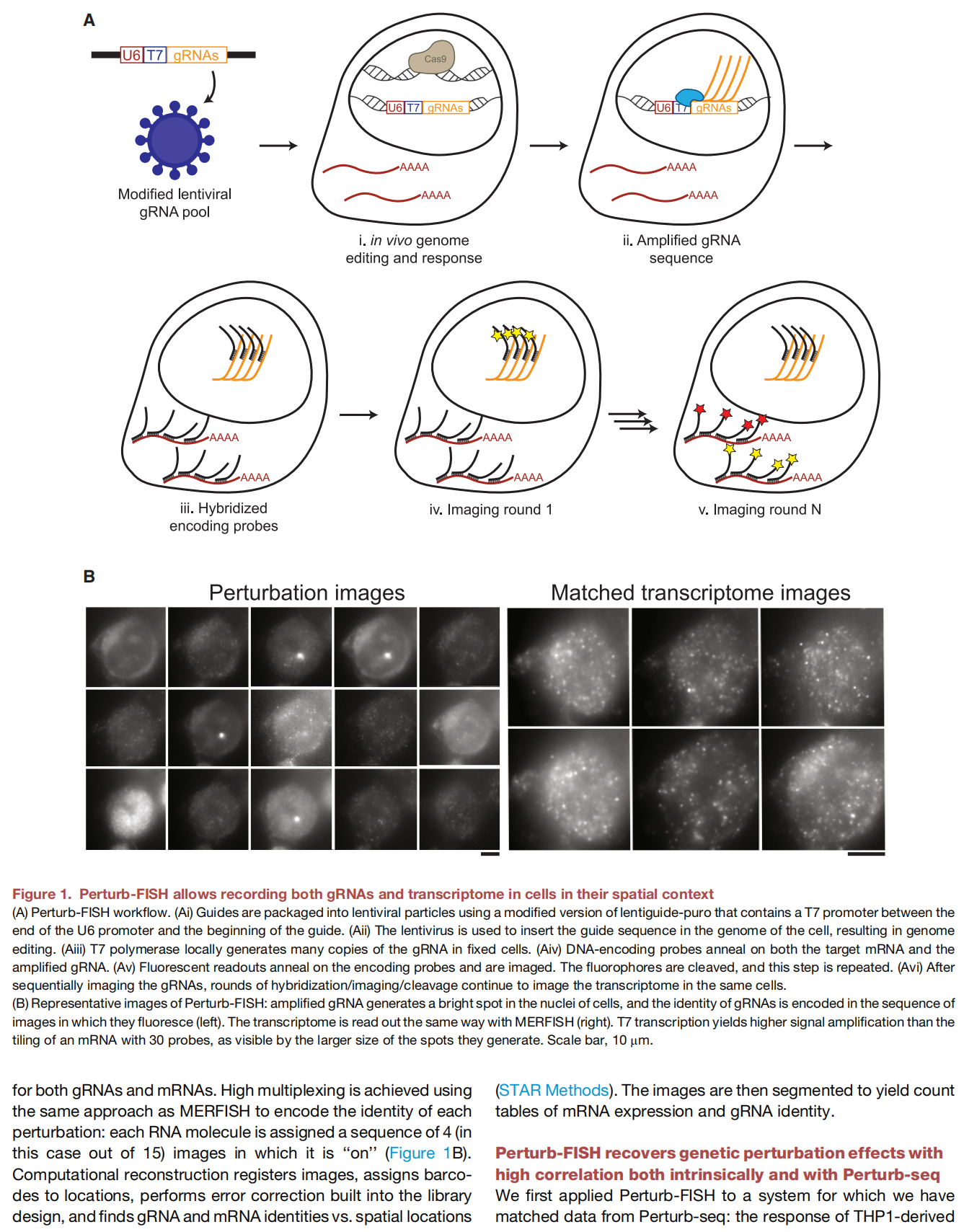
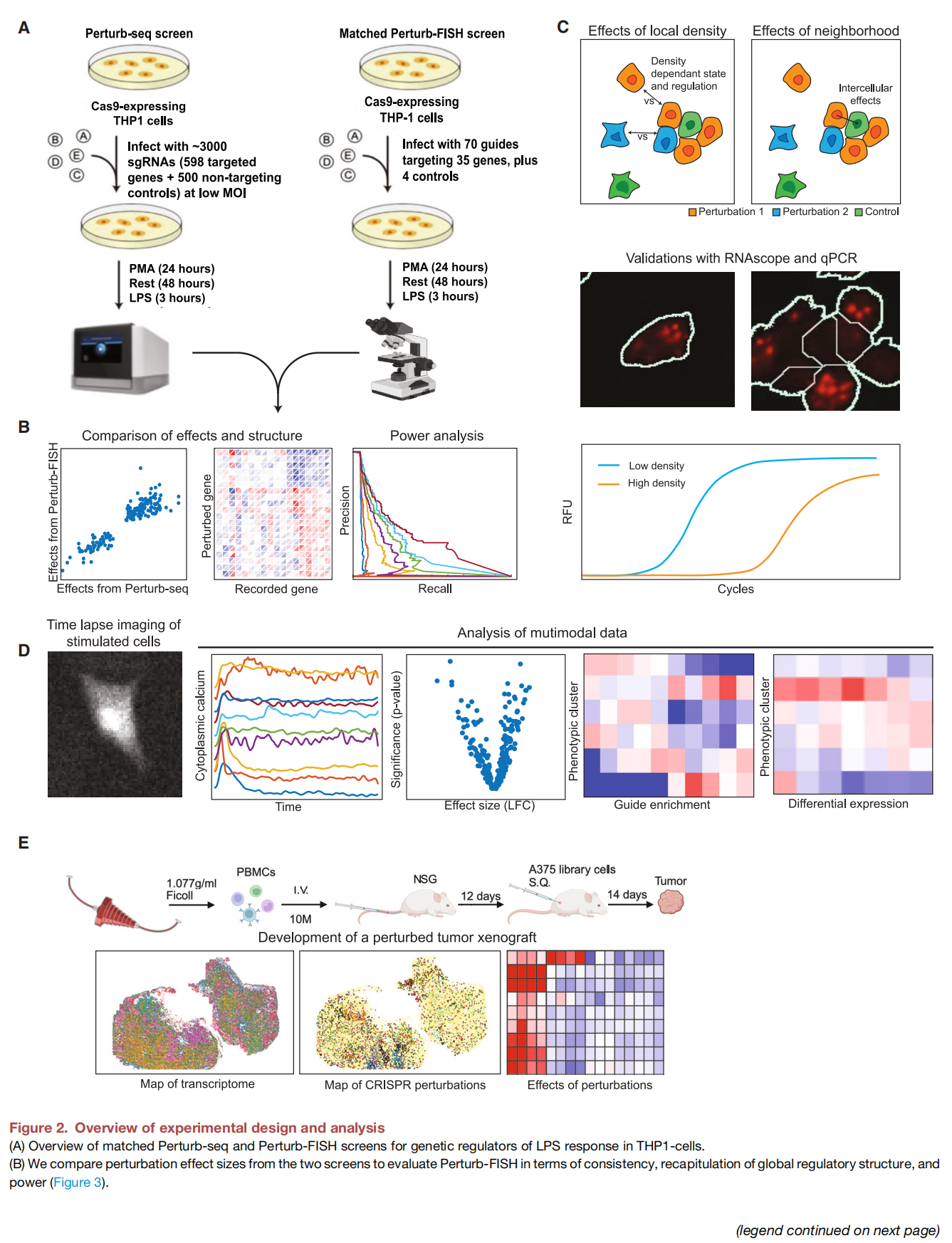
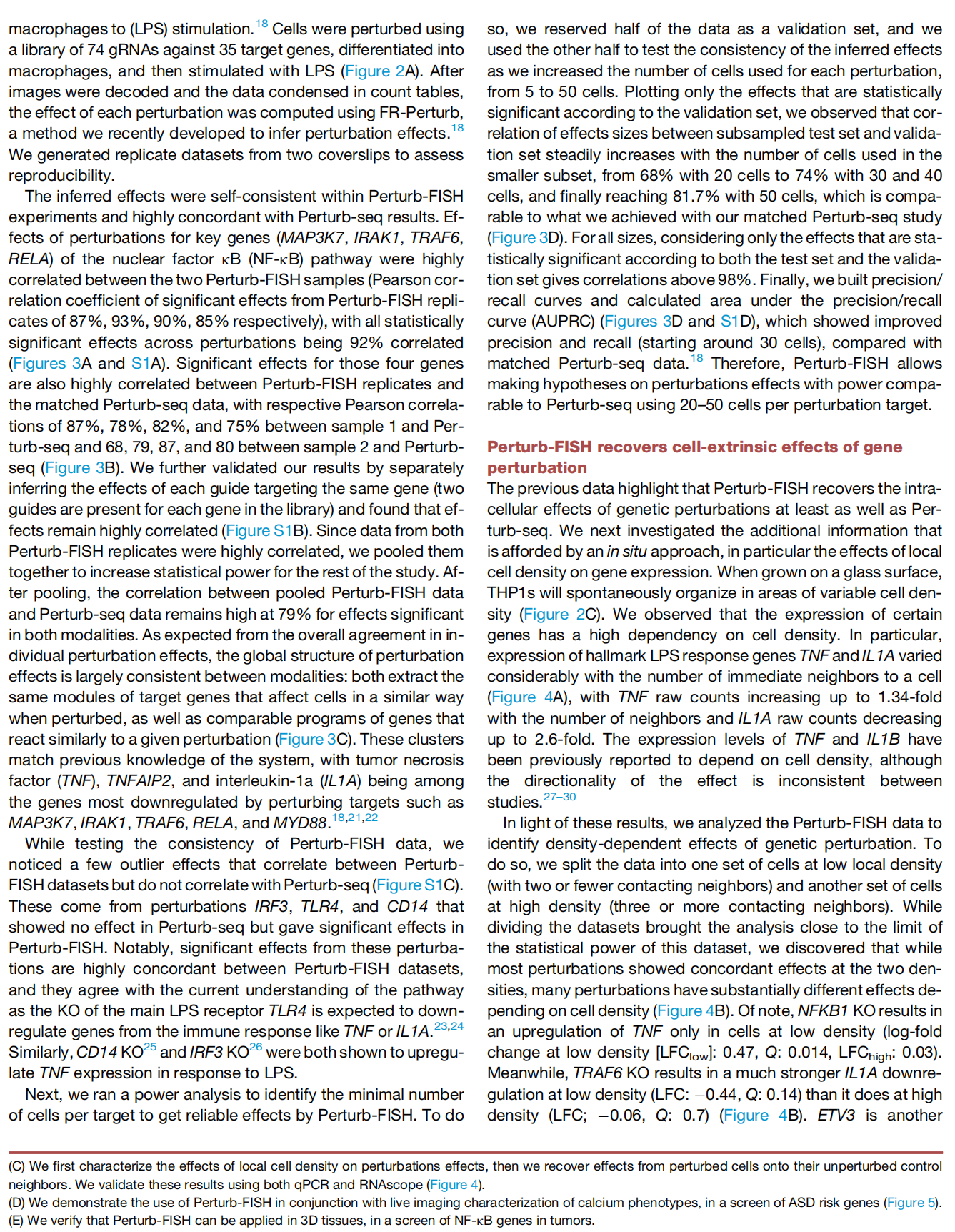
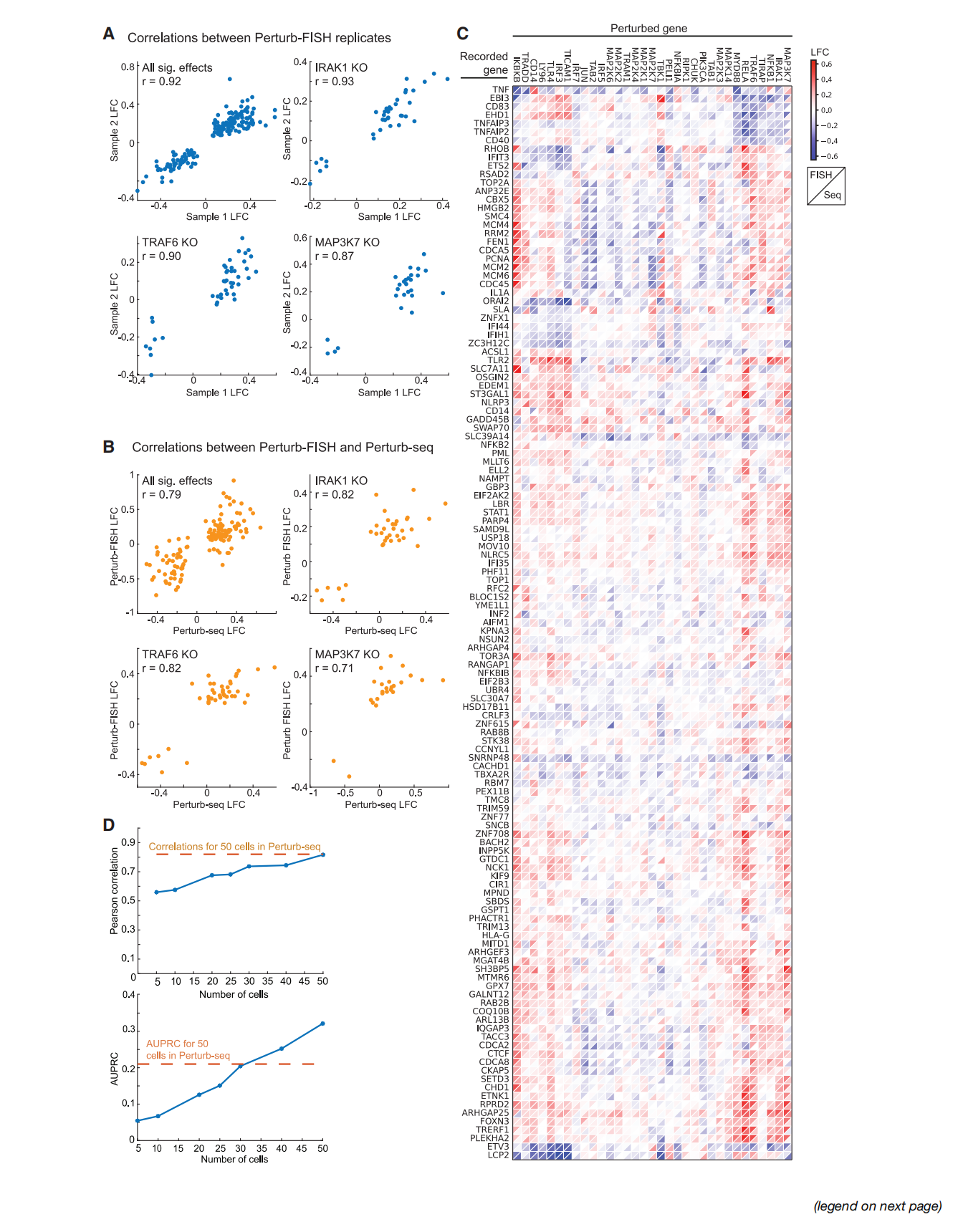
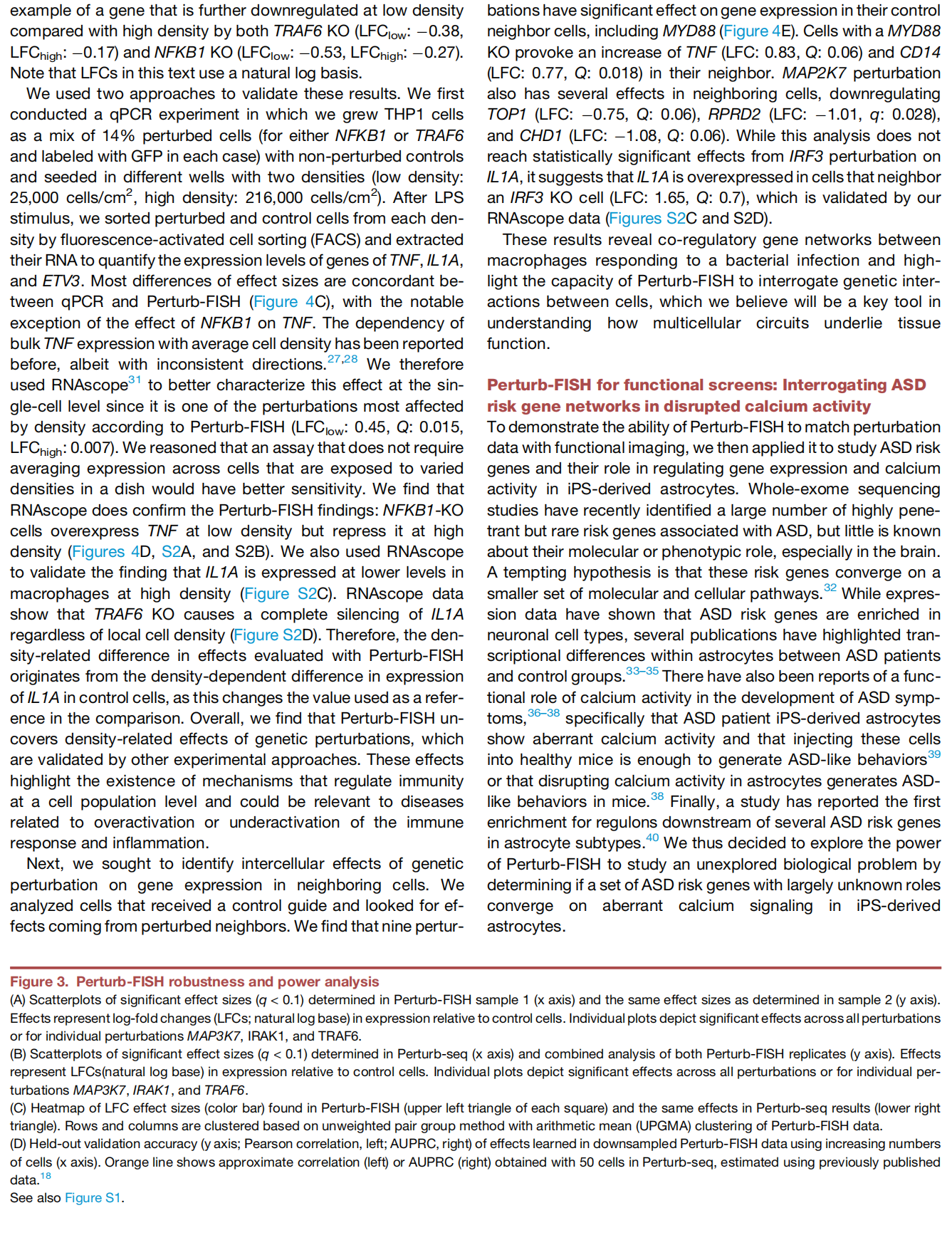
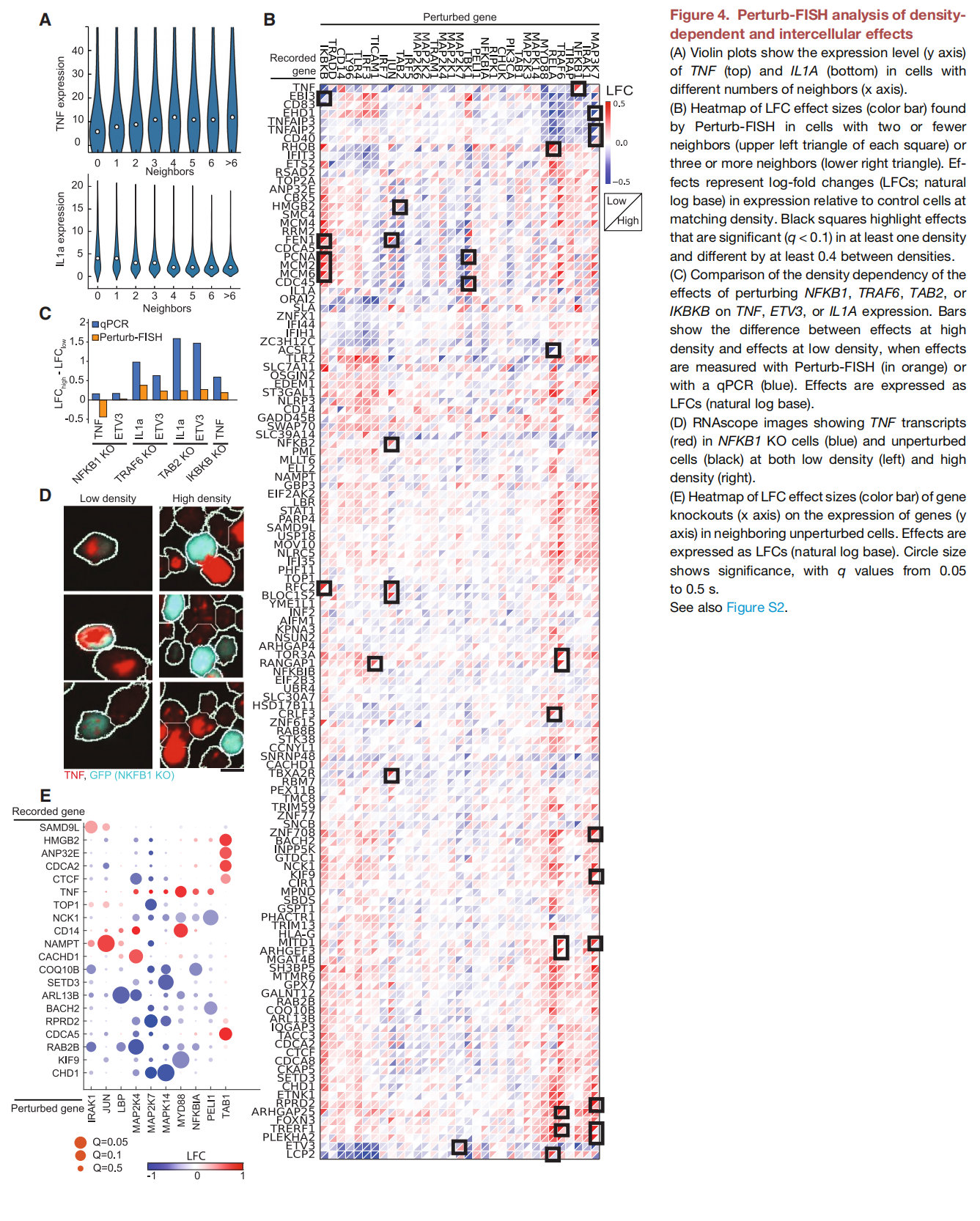
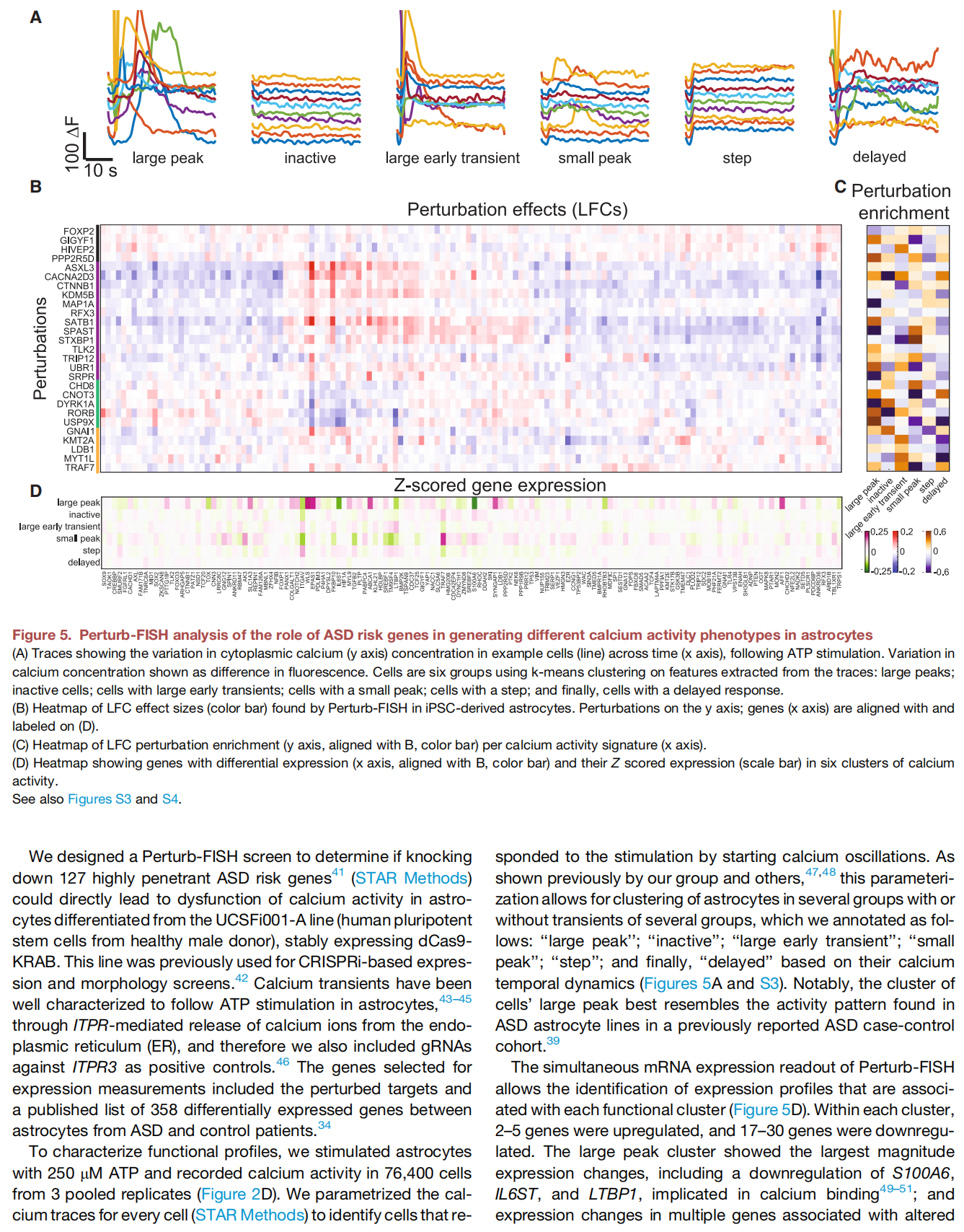
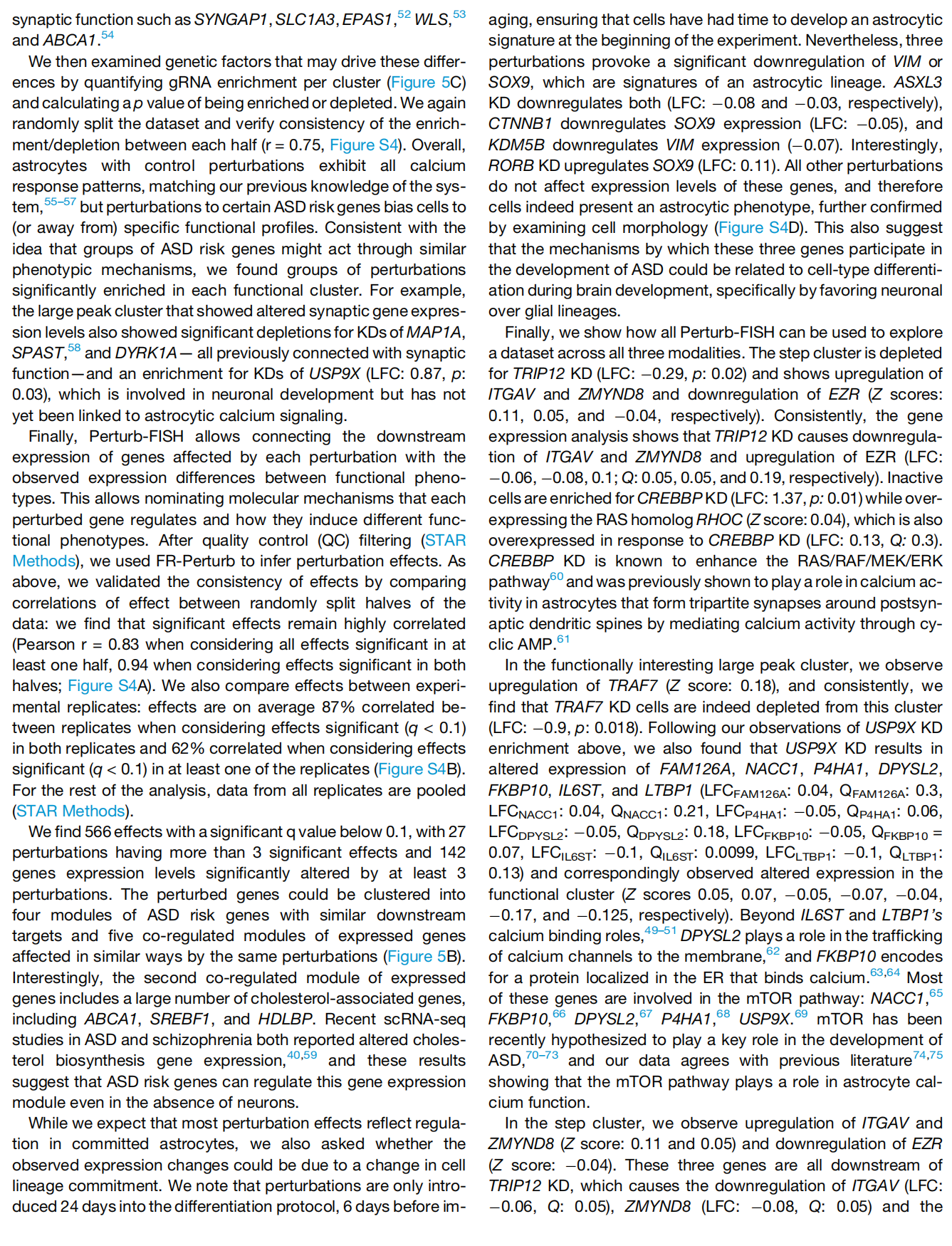
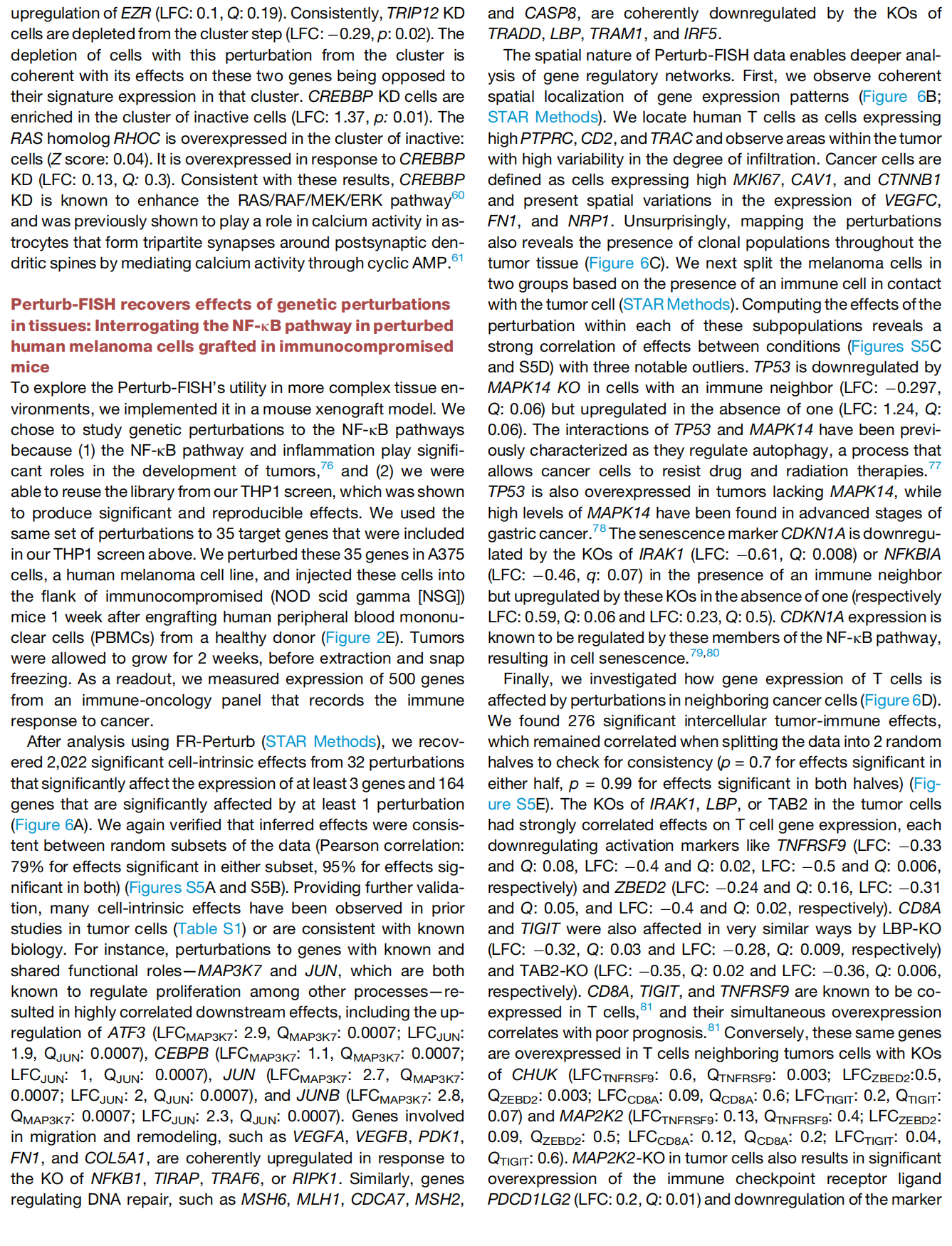
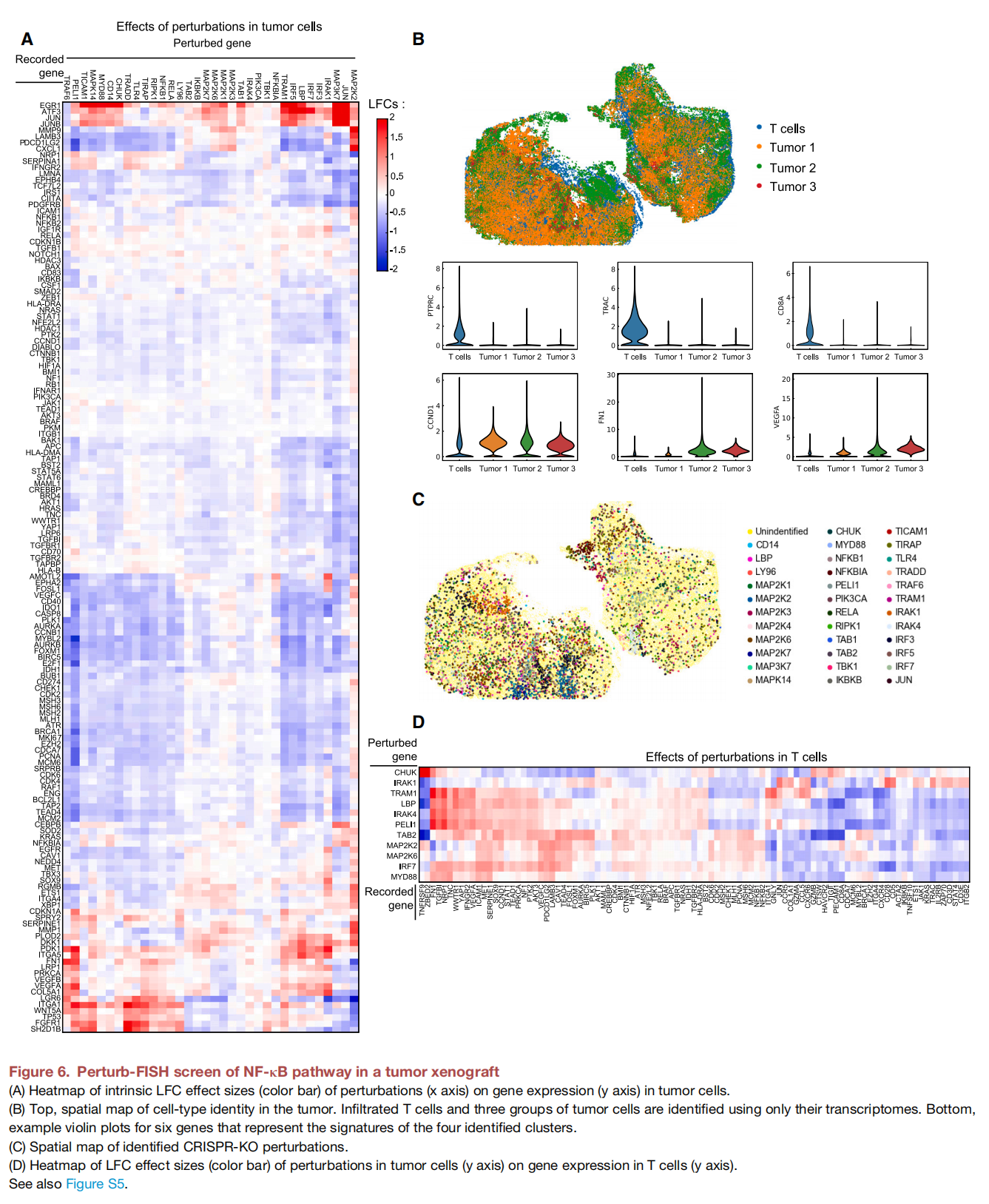
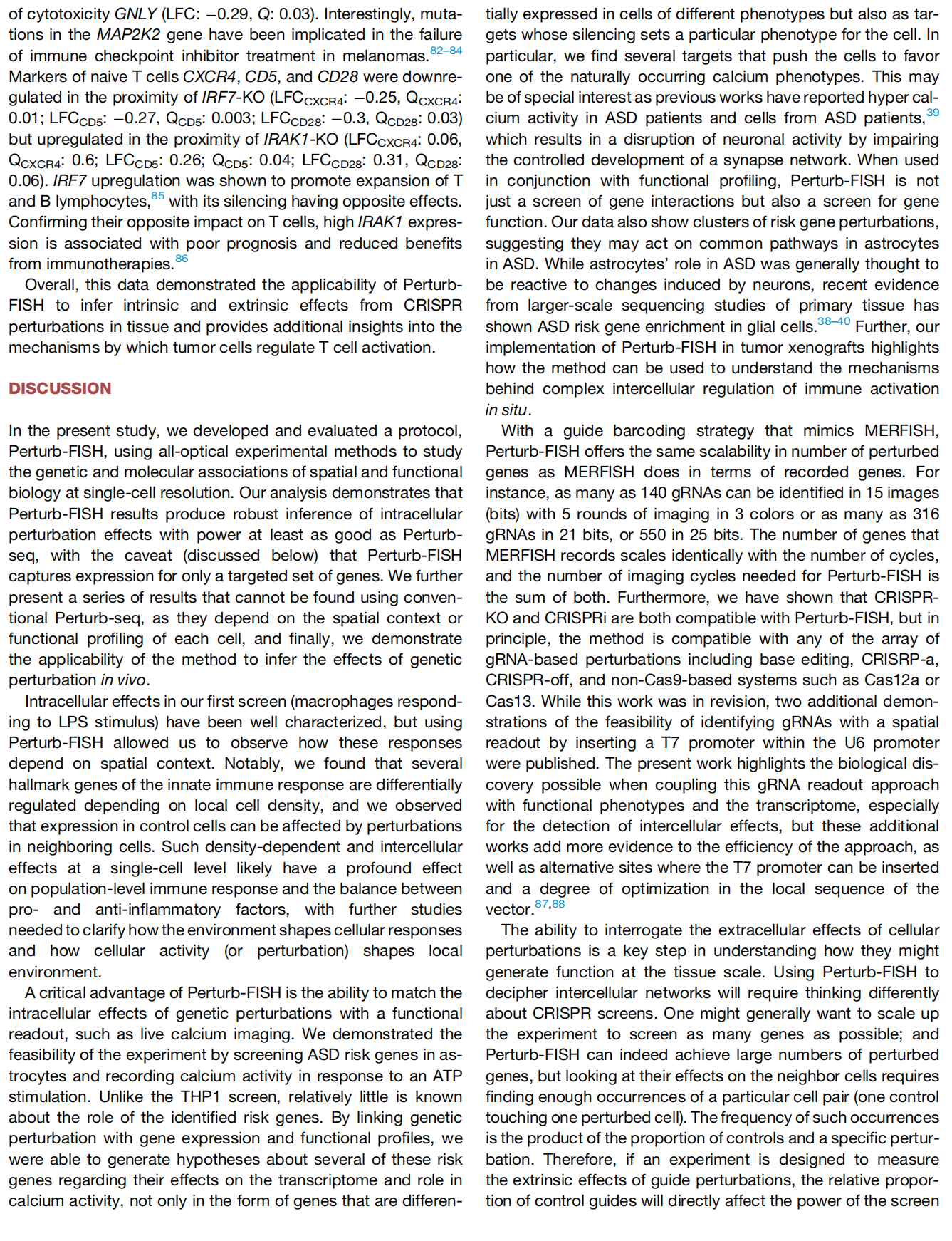

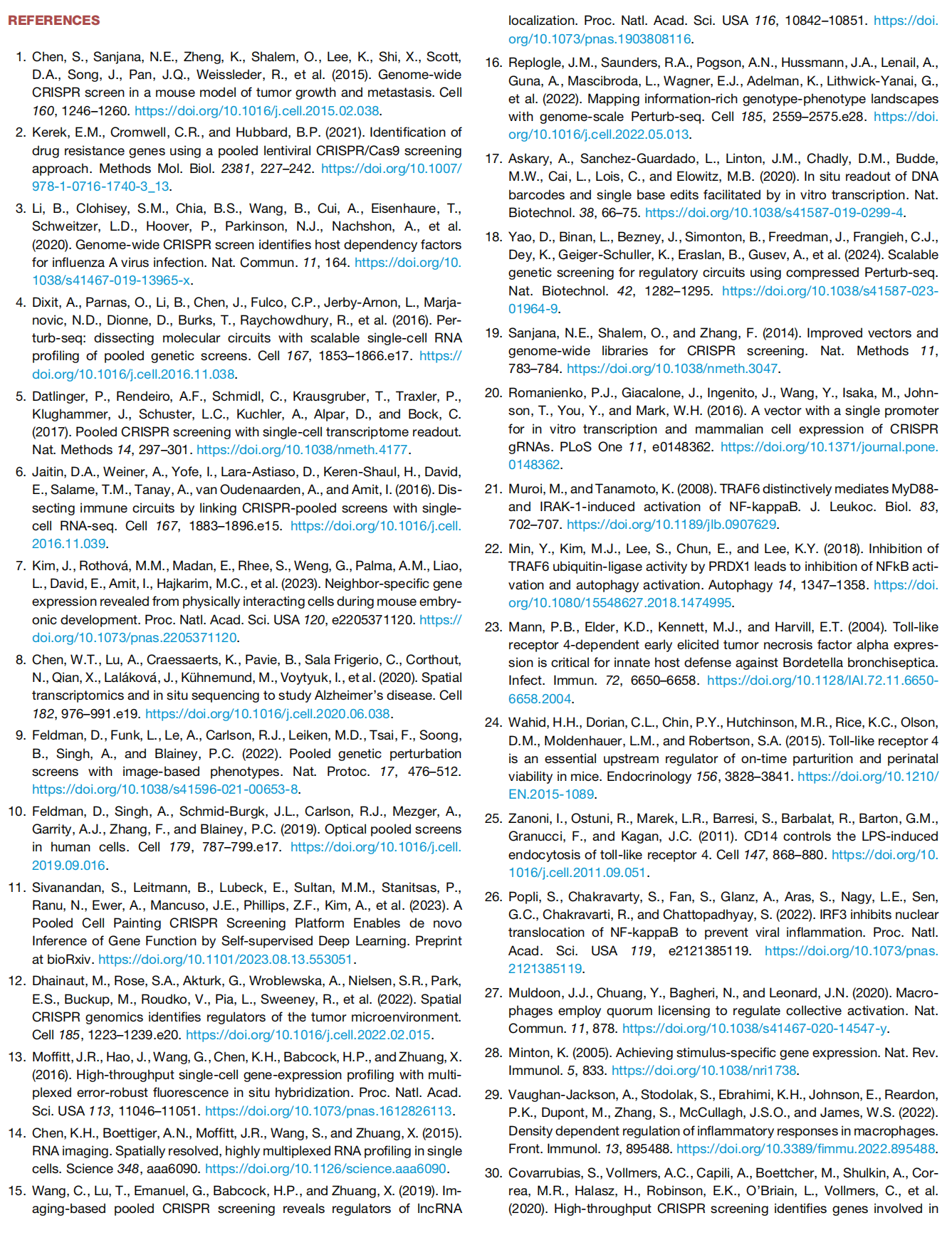
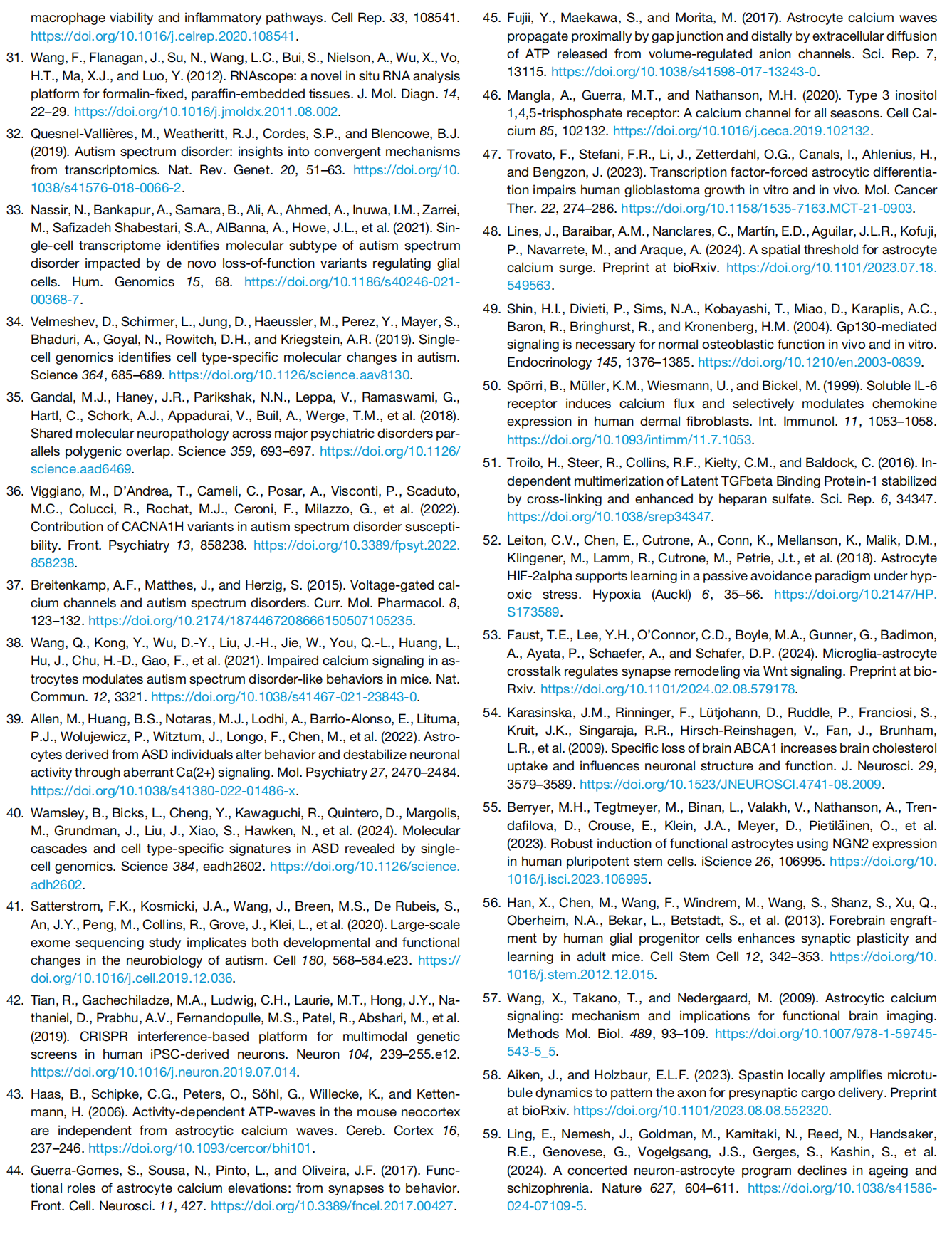
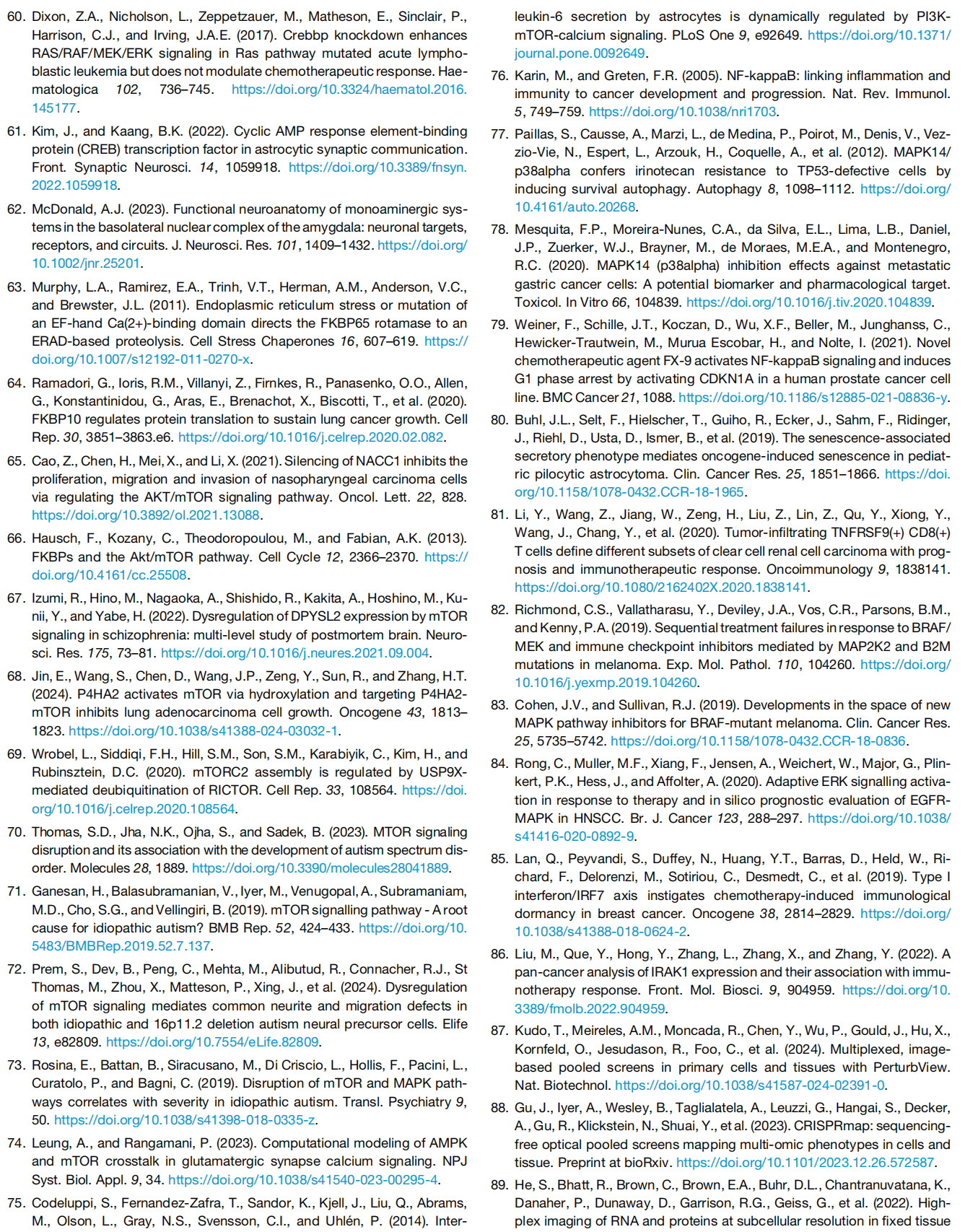
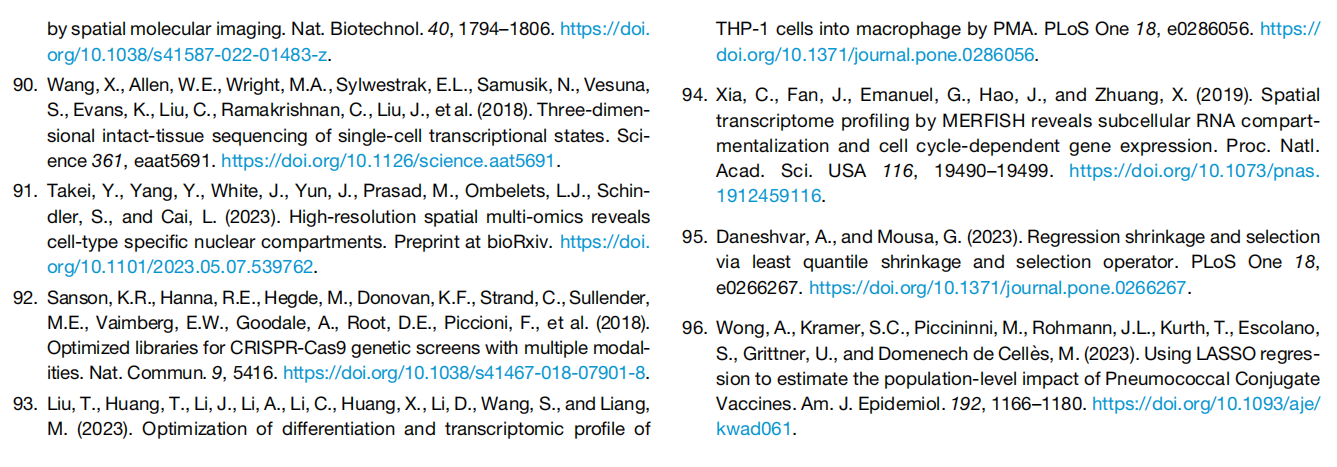
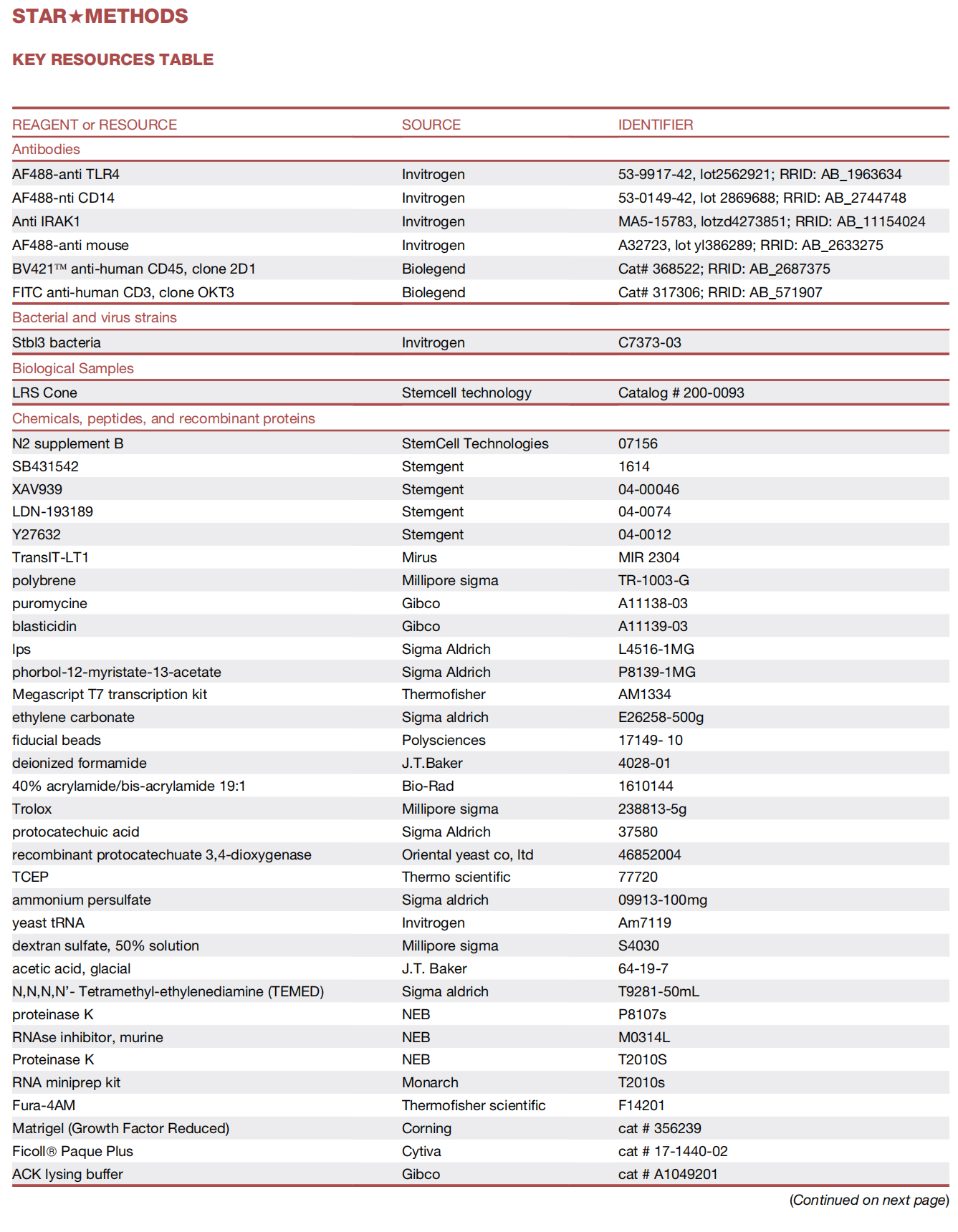
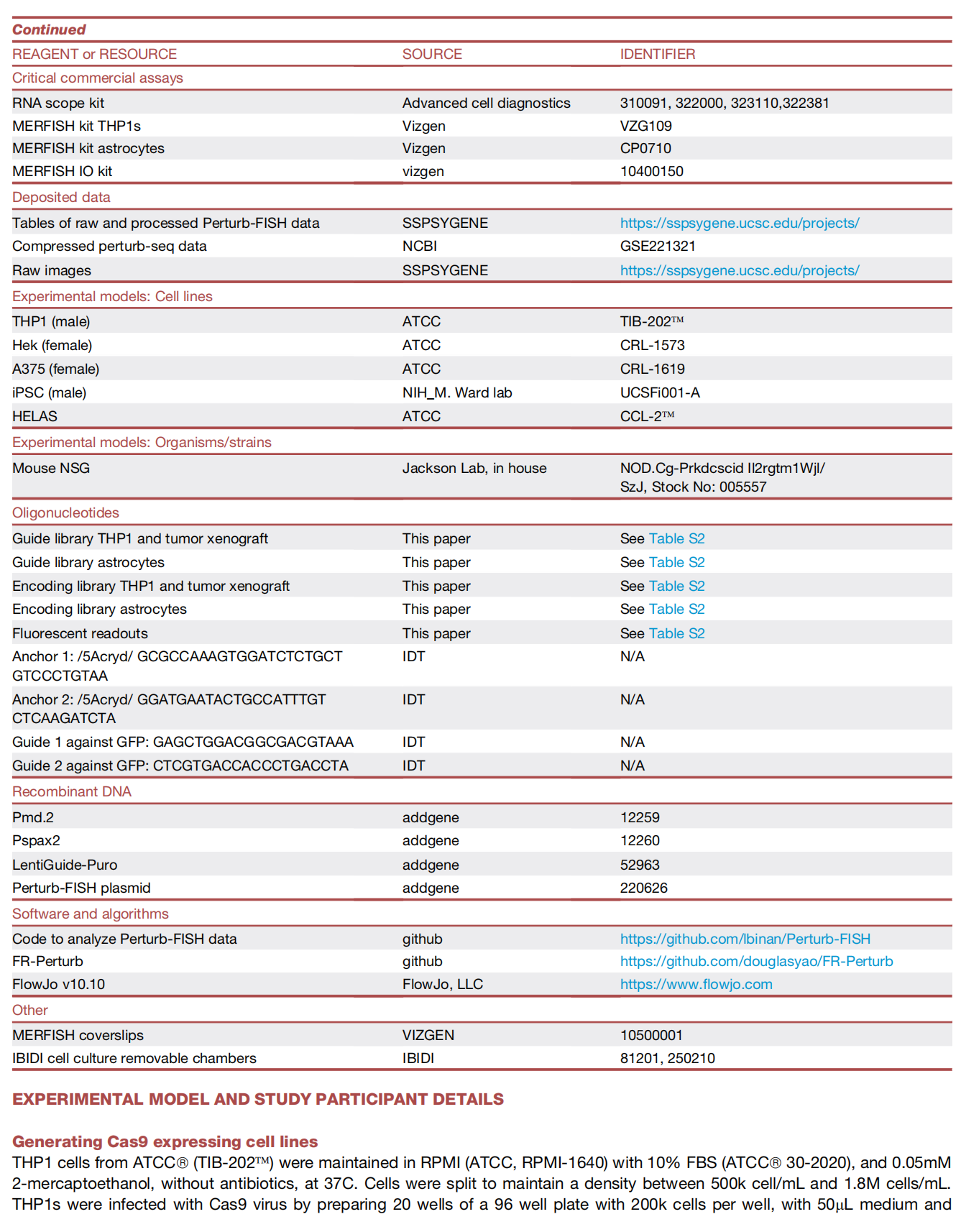
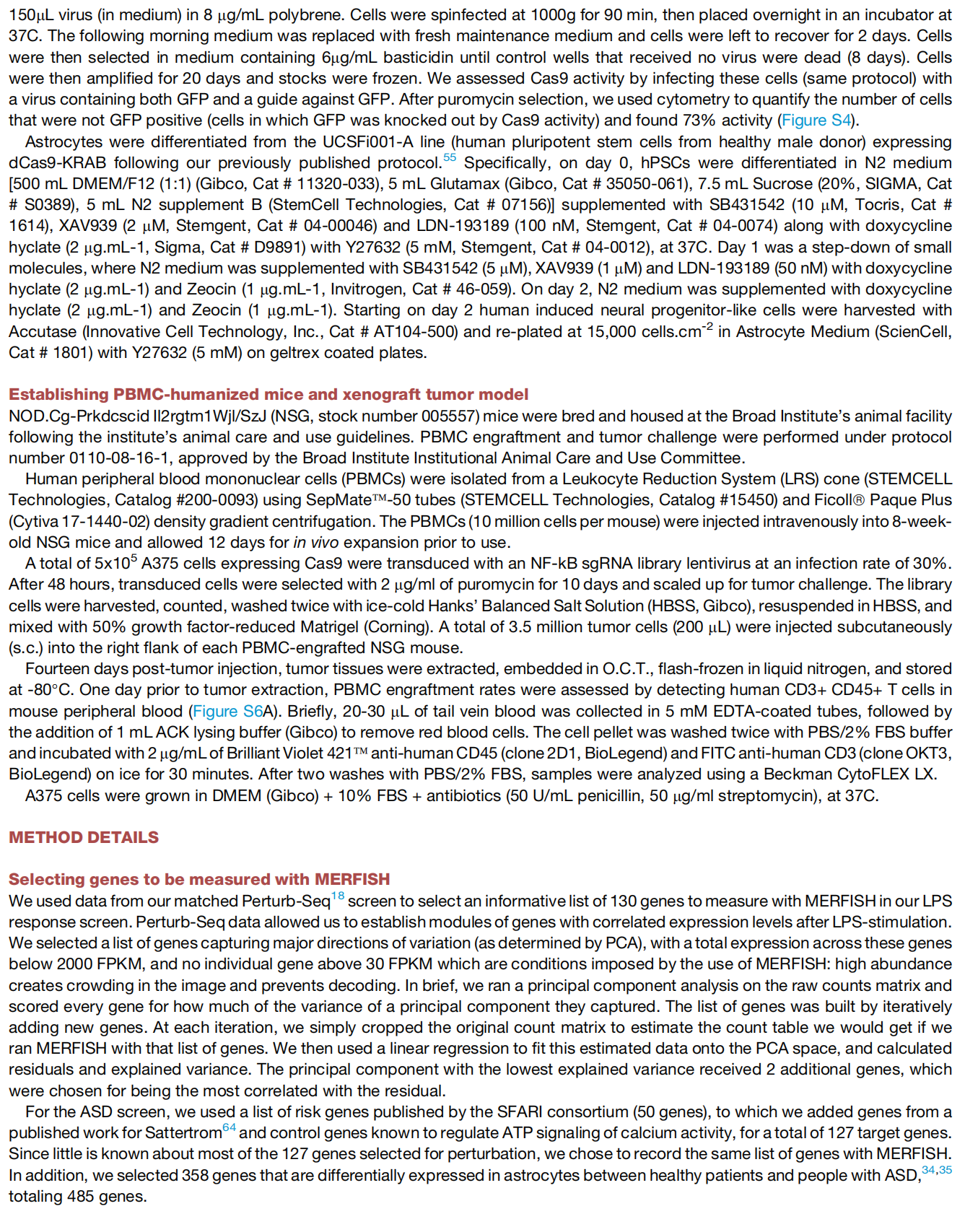
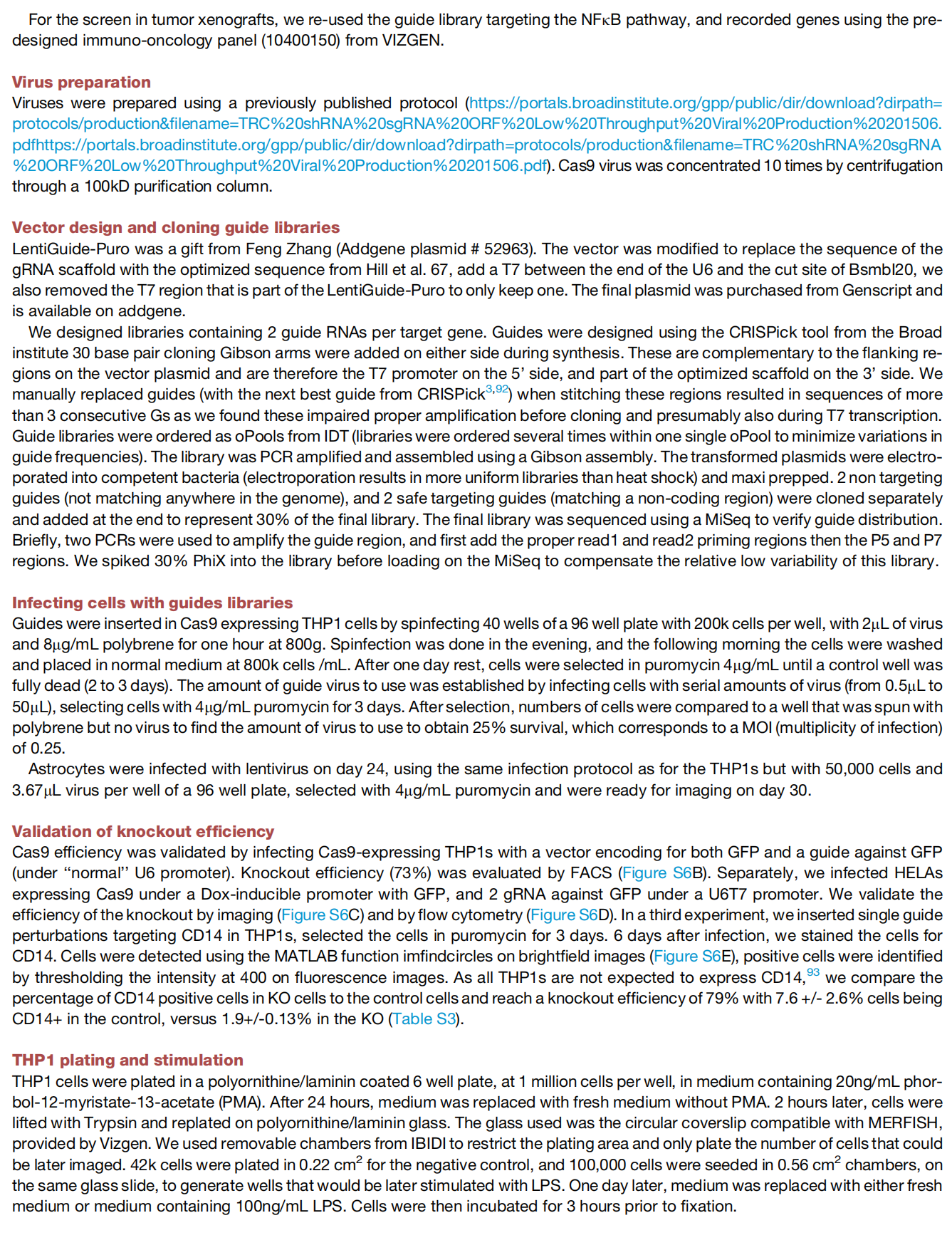
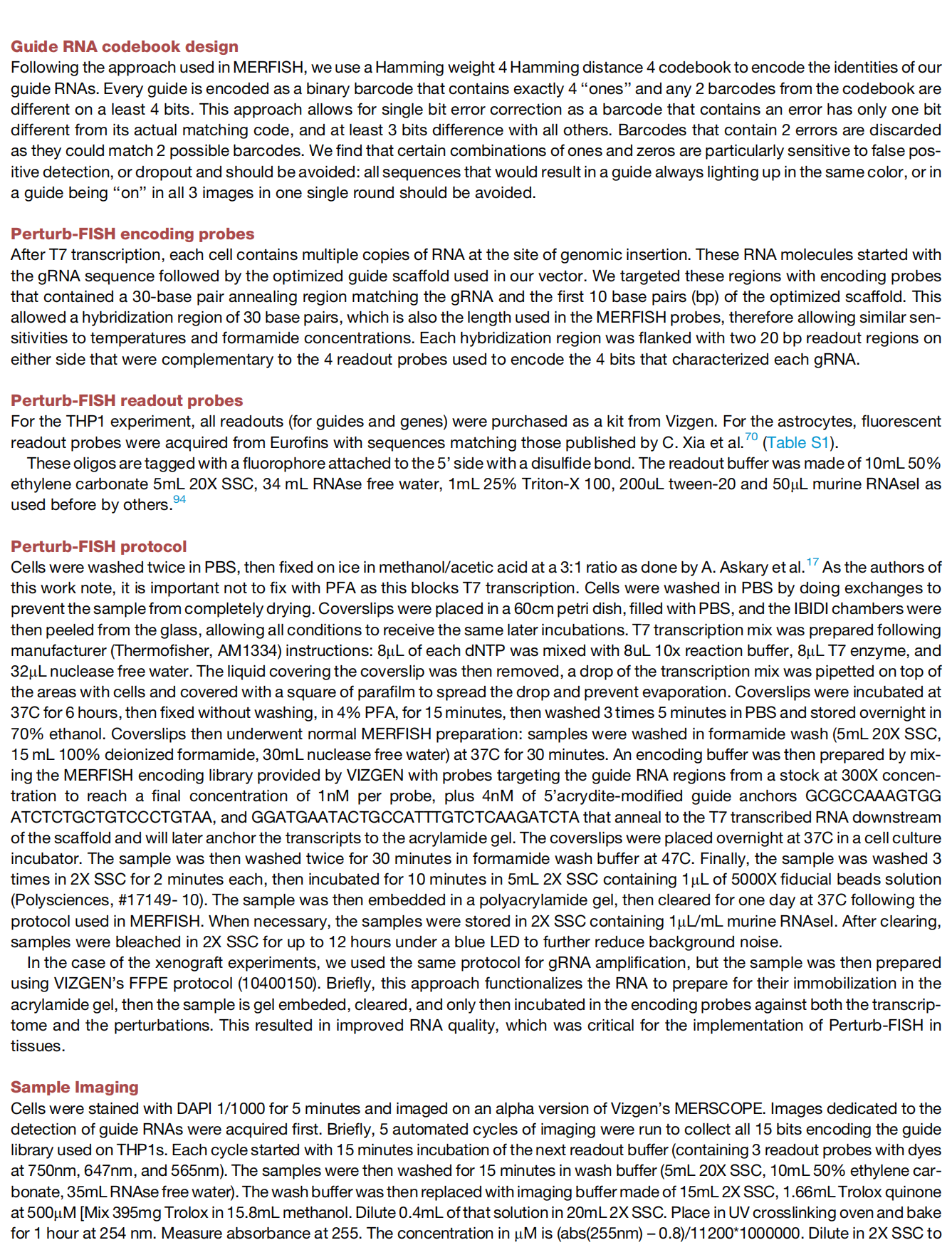
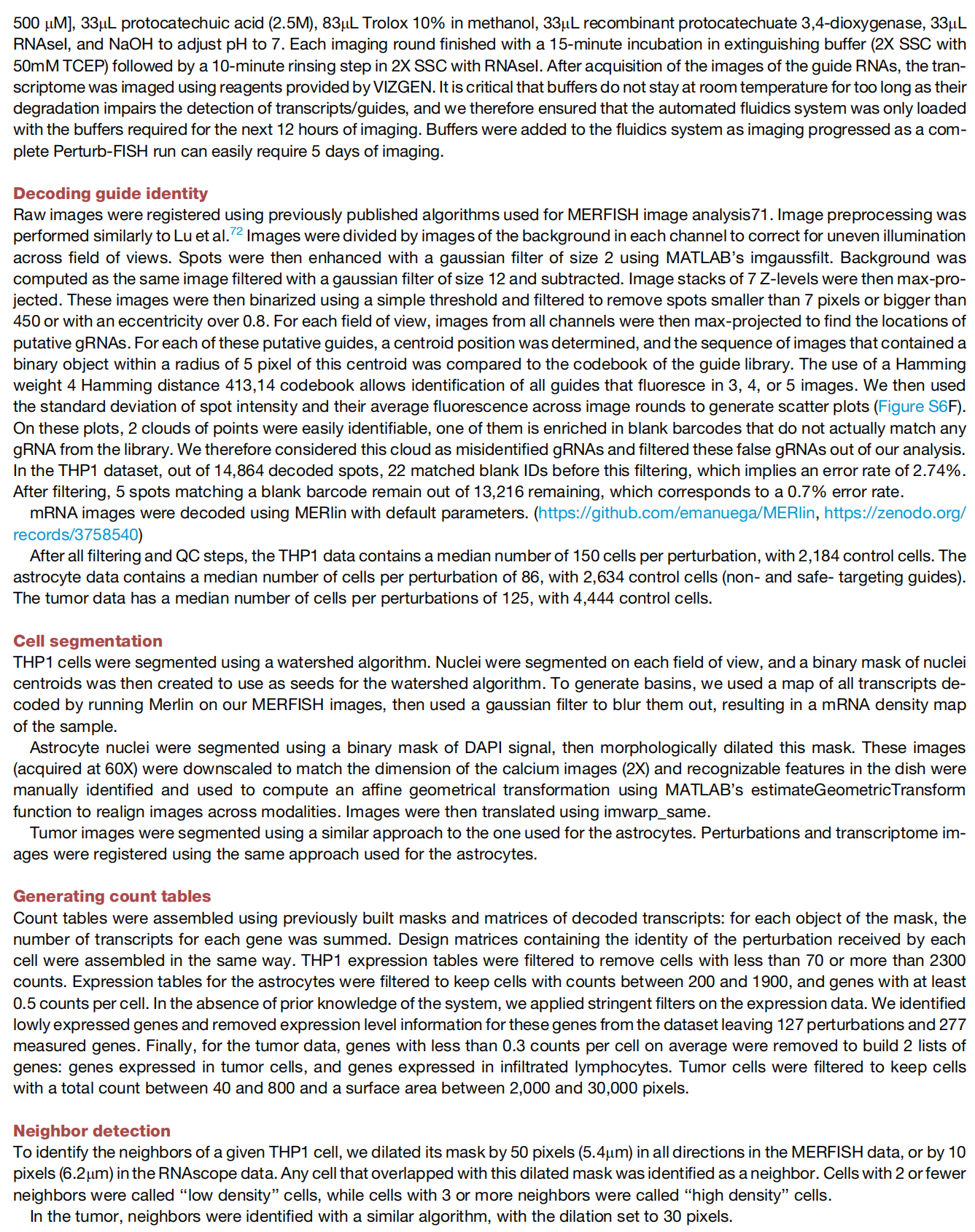
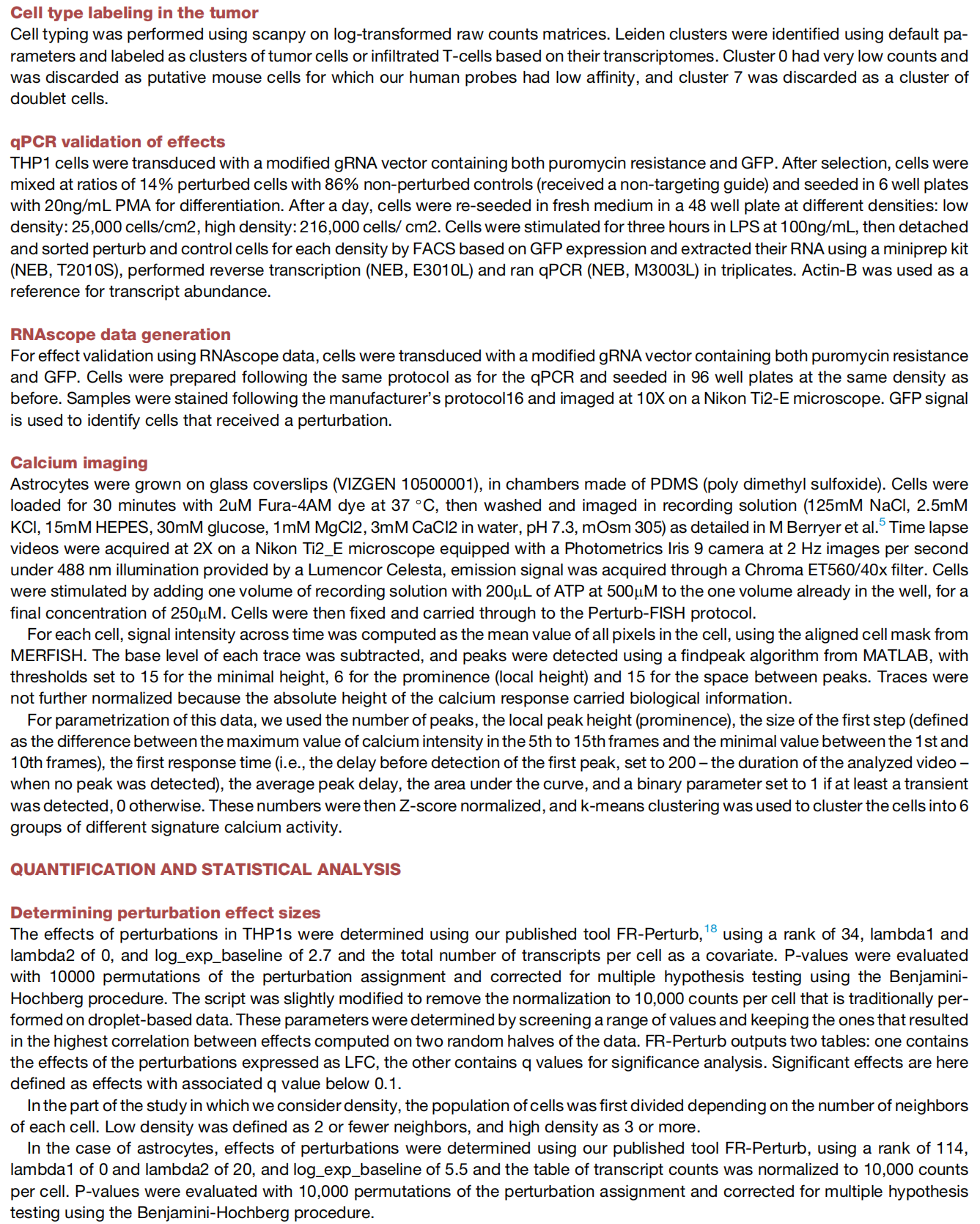
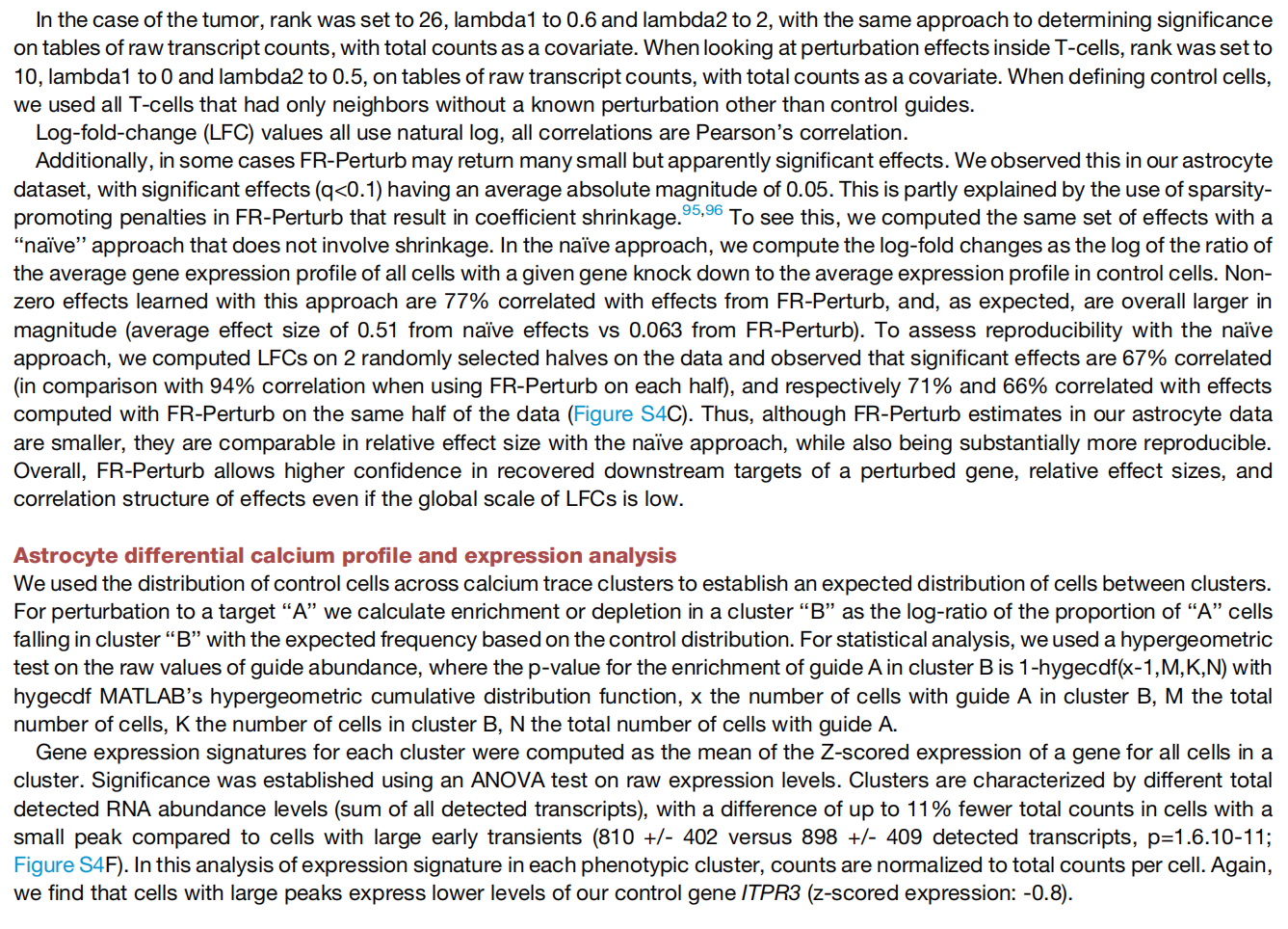
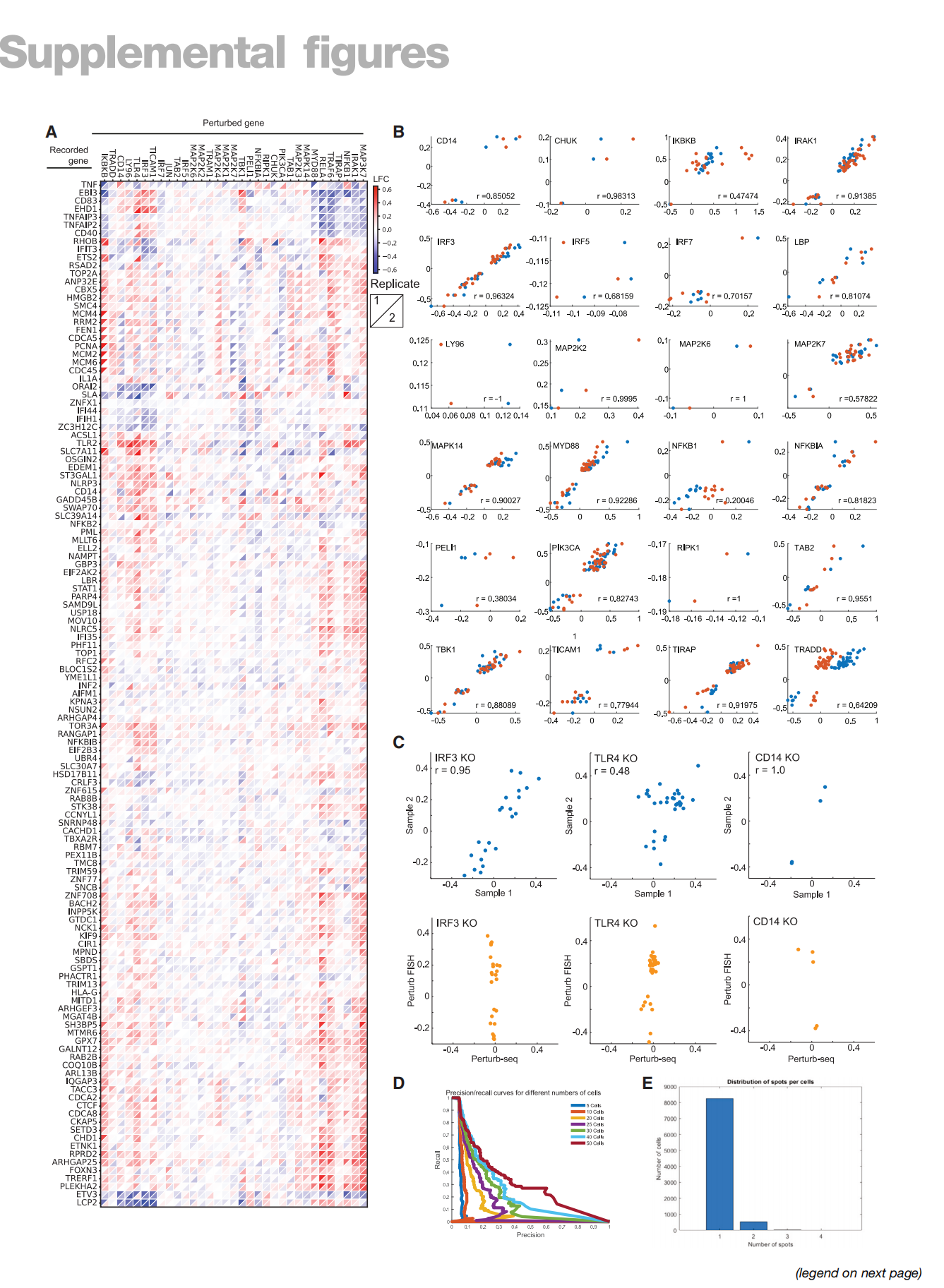

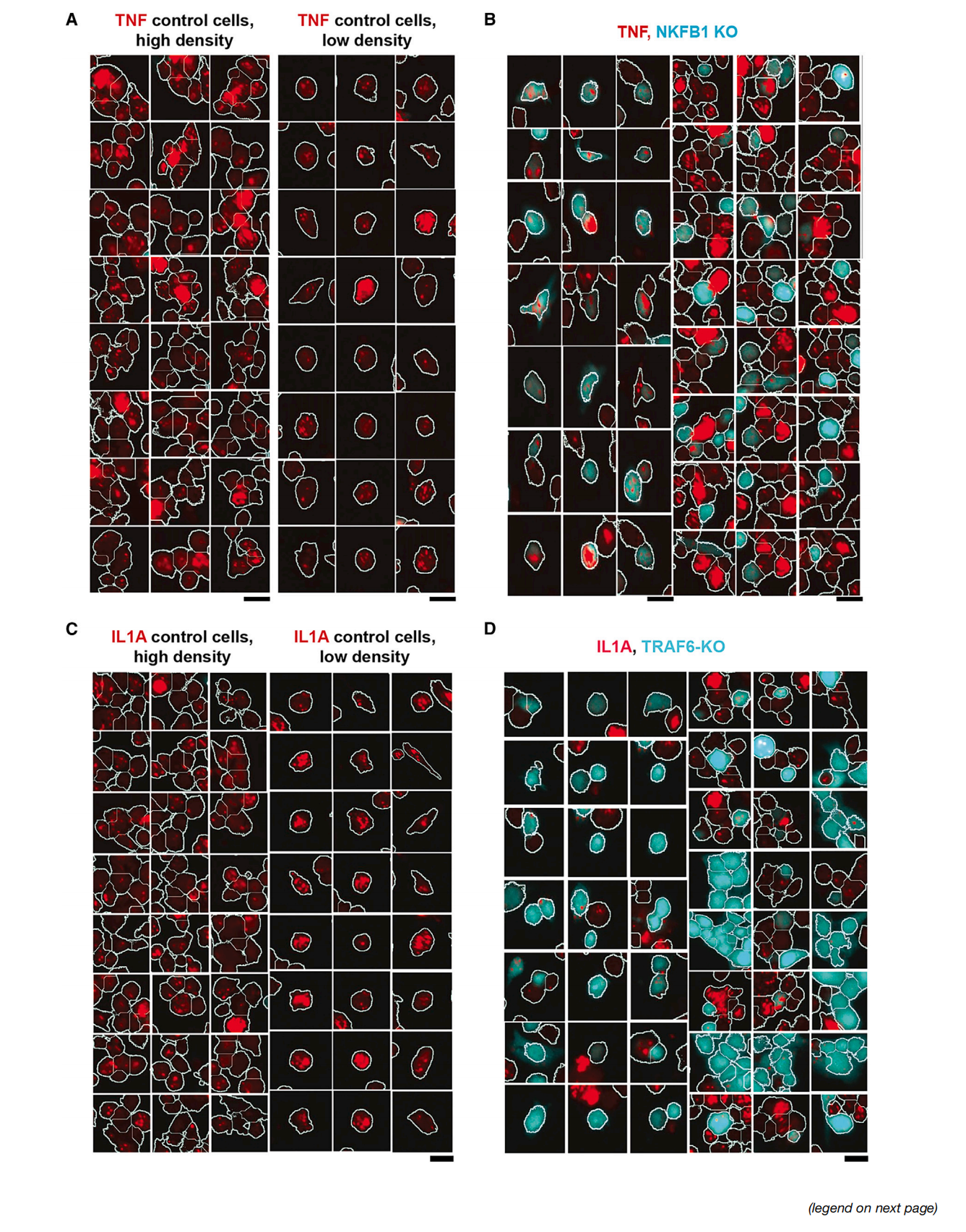

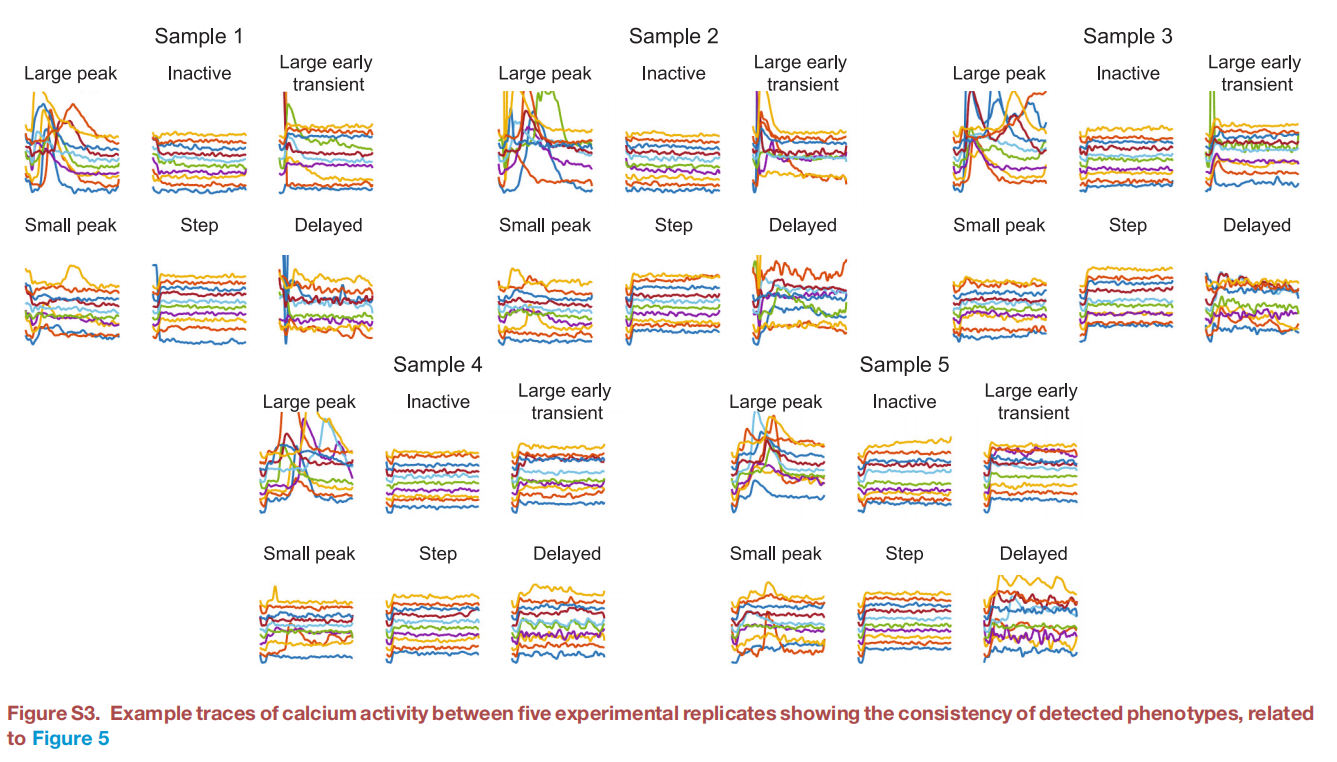
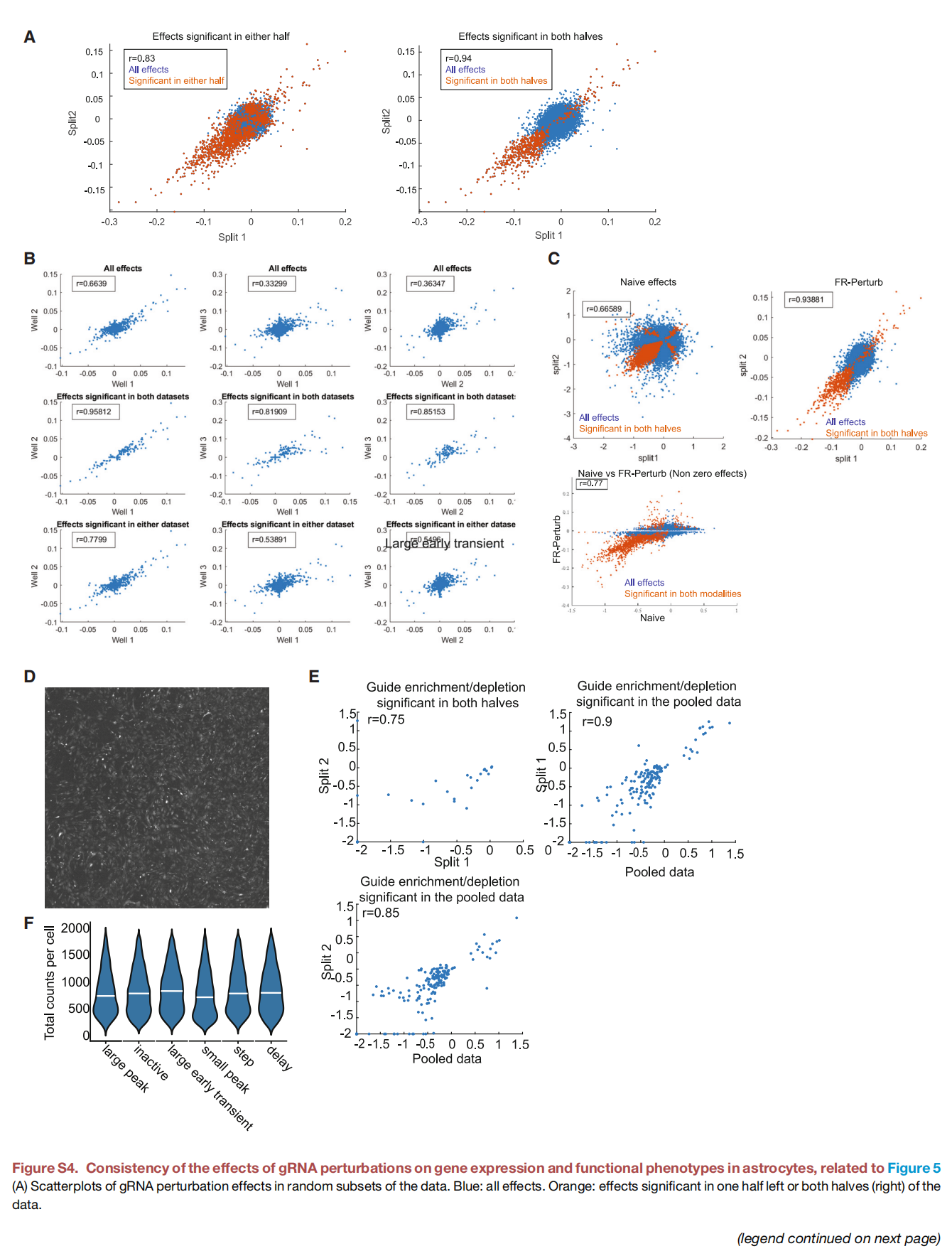

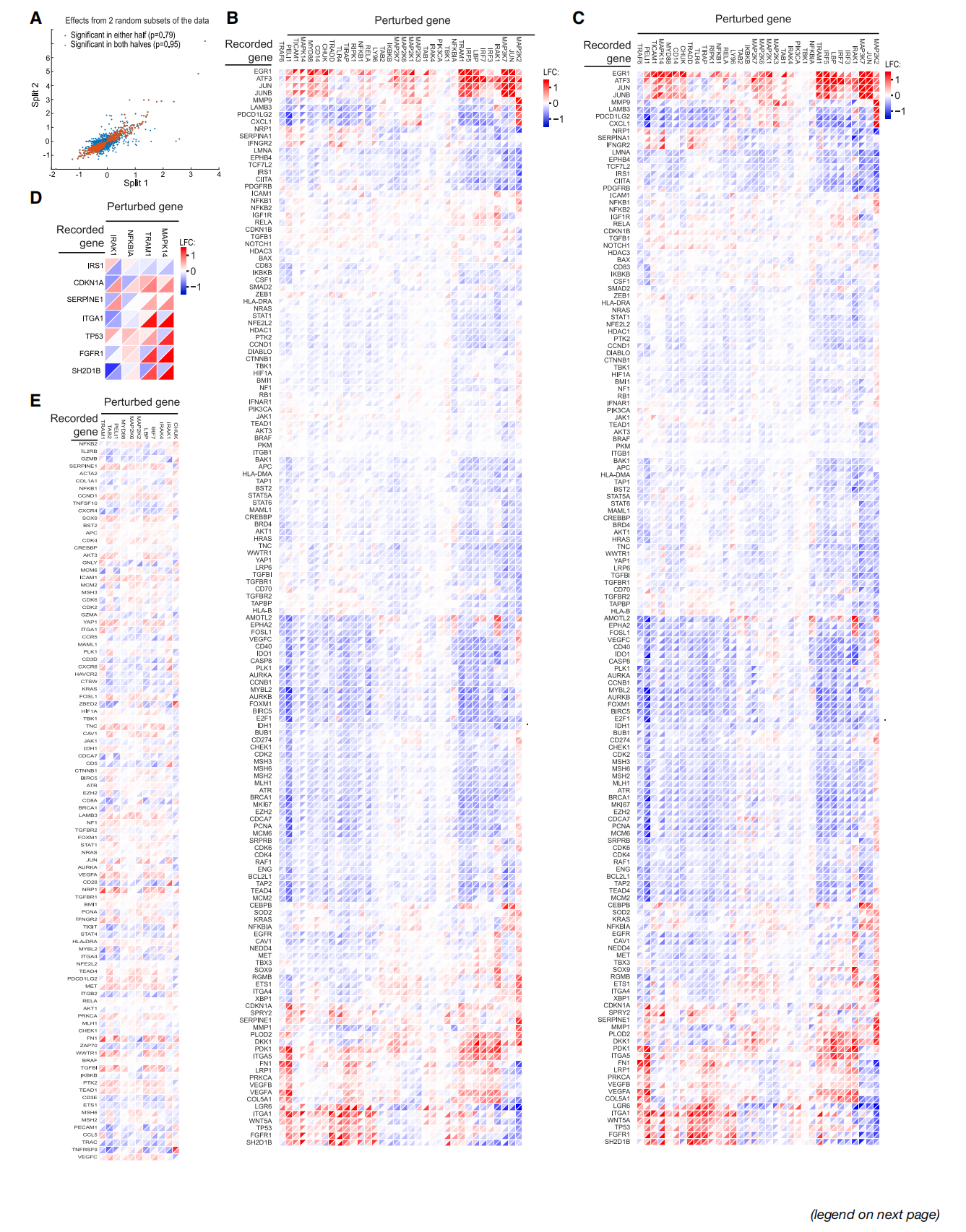

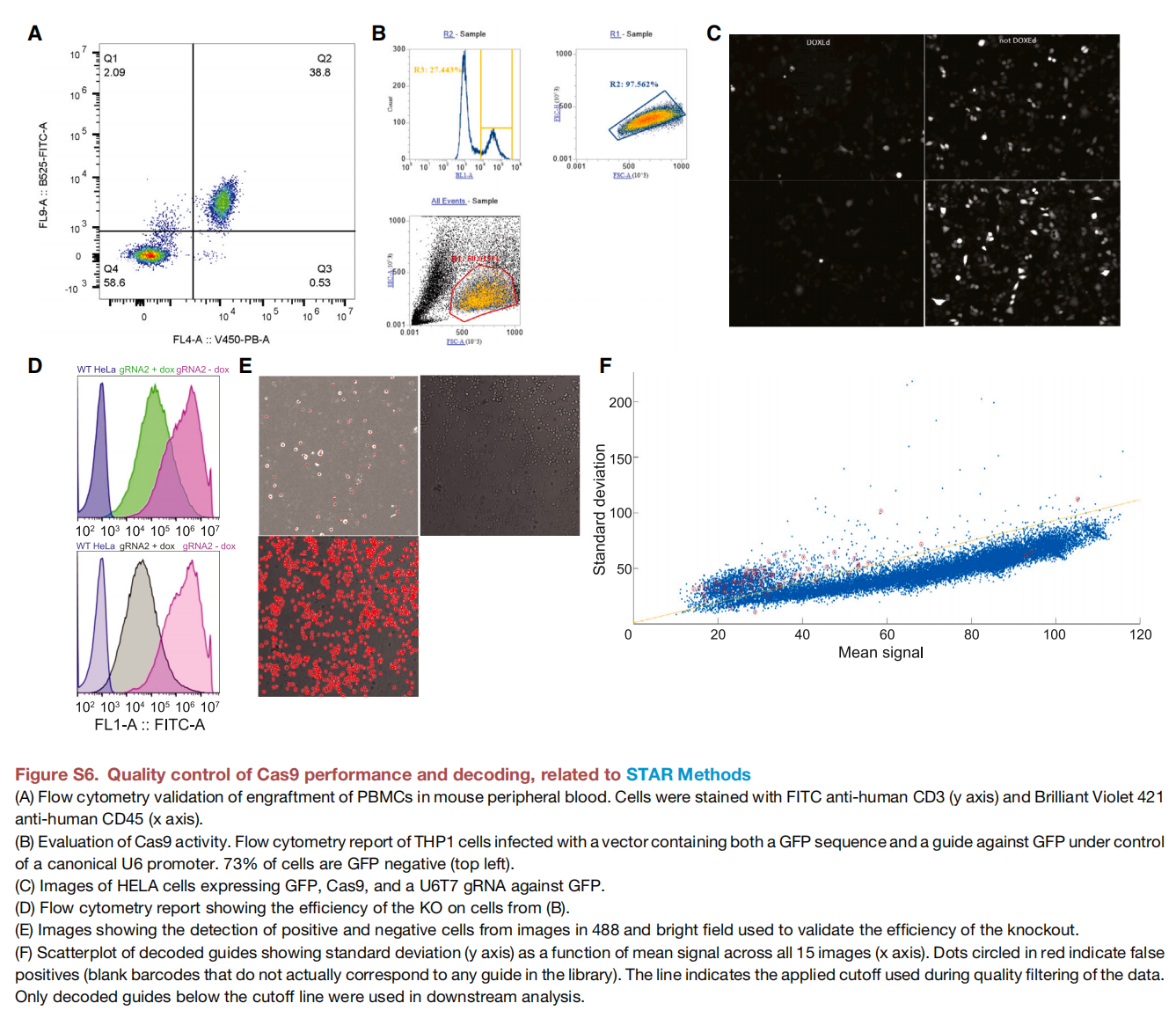
This is an open access article under the CC BY license (http://creativecommons.org/licenses/by/4.0/).
Loϊc Binan,1,2 Aiping Jiang,3,4,5 Serwah A. Danquah,1,6,12 Vera Valakh,1,6,13 Brooke Simonton,2,14 Jon Bezney,2,15 Robert T. Manguso,3,4,5 Kathleen B. Yates,3,4,5 Ralda Nehme,6 Brian Cleary,7,8,9,10,11,* and Samouil L. Farhi1,16,*
1 Spatial Technology Platform, Broad Institute of MIT and Harvard, Cambridge, MA 02142, USA
2 Klarman Cell Observatory, Broad Institute of MIT and Harvard, Cambridge, MA 02142, USA
3 Cancer Program, Broad Institute of Harvard and MIT, Cambridge, MA 02142, USA
4 Krantz Family Center for Cancer Research, Massachusetts General Hospital, Boston, MA 02144, USA
5 Department of Medicine, Harvard Medical School, Boston, MA 02115, USA
6 Stanley Center for Psychiatric Research, Broad Institute of MIT and Harvard, Cambridge, MA 02142, USA
7 Faculty of Computing and Data Sciences, Boston University, Boston, MA 02215, USA
8 Department of Biology, Boston University, Boston, MA 02215, USA
9 Department of Biomedical Engineering, Boston University, Boston, MA 02215, USA
10 Program in Bioinformatics, Boston University, Boston, MA 02215, USA
11 Biological Design Center, Boston University, Boston, MA 02215, USA
12 Present address: Department of Laboratory Medicine and Pathology, University of Washington, Seattle, WA, USA
13 Present address: Stoke Therapeutics, Bedford, MA, USA
14 Present address: The Ken & Ruth Davee Department of Neurology, Northwestern University Feinberg School of Medicine, Chicago, IL, USA
15 Present address: Department of Genetics, Stanford University School of Medicine, Stanford, CA, USA
16 Lead contact
*Correspondence: 该Email地址已收到反垃圾邮件插件保护。要显示它您需要在浏览器中启用JavaScript。 (B.C.), 该Email地址已收到反垃圾邮件插件保护。要显示它您需要在浏览器中启用JavaScript。 (S.L.F.)
https://doi.org/10.1016/j.cell.2025.02.012
SUMMARY
Pooled optical screens have enabled the study of cellular interactions, morphology, or dynamics at massive scale, but they have not yet leveraged the power of highly plexed single-cell resolved transcriptomic readouts to inform molecular pathways. Here, we present a combination of imaging spatial transcriptomics with parallel optical detection of in situ amplified guide RNAs (Perturb-FISH). Perturb-FISH recovers intracellular effects that are consistent with single-cell RNA-sequencing-based readouts of perturbation effects (Perturb-seq) in a screen of lipopolysaccharide response in cultured monocytes, and it uncovers intercellular and density-dependent regulation of the innate immune response. Similarly, in three-dimensional xenograft models, Perturb-FISH identifies tumor-immune interactions altered by genetic knockout. When paired with a functional readout in a separate screen of autism spectrum disorder risk genes in human-induced pluripotent stem cell (hIPSC) astrocytes, Perturb-FISH shows common calcium activity phenotypes and their associated genetic interactions and dysregulated molecular pathways. Perturb-FISH is thus a general method for studying the genetic and molecular associations of spatial and functional biology at single-cell resolution.




































This is an open access article under the CC BY license (http://creativecommons.org/licenses/by/4.0/).
